 Abraham Lincoln
If given the truth, the people can be depended upon to meet any national crisis...
Abraham Lincoln
If given the truth, the people can be depended upon to meet any national crisis...
 Guildford news...
for Guildford people, brought to you by Guildford reporters - Guildford's own news service
Guildford news...
for Guildford people, brought to you by Guildford reporters - Guildford's own news service
Birdwatcher’s Diary No.241
Published on: 5 Oct, 2021
Updated on: 5 Oct, 2021
By Malcolm Fincham
High pressure continued into the second half of September bringing dry, settled, and even a few sunny spells of weather.
Overdue for me, was a few trips to Farlington Marshes, near Portsmouth.
Waders had already begun to return from their breeding grounds in the Arctic Tundra. Although many were too distant to photograph as they probed the mudflats, on the low tide in Langstone Harbour. Some, nevertheless, could be viewed on the main lagoon.
And a curlew near to the seawall was kind enough to pose for a picture.
A few wintering ducks had already made their return. These include UK’s smallest duck, the teal.
A few pintail ducks had also returned.
And shovellers were also present.
Still in summer plumage a few grey plovers could be observed, still looking rather dapper with their black bellies.
Green plovers, more commonly known as lapwings seemed easily agitated, occasionally flying up in a flock as if a predator was about.
A few greenshanks could also be observed.
While a resident little grebe could be viewed fishing just below the viewpoint.
A few locally breeding tits bearded could be viewed briefly in the reed beds.
And a kestrel flew low across the reed beds allowing the opportunity of an in-flight photo-shot.
The accumulation of wildfowl on display was like a magnet to a passing peregrine falcon. Like meat on tenterhooks in a butcher’s shop to such a predator. In North America they are known as the ‘duck hawk’ for good reason.
It appeared that the lapwings had pre-empted a visit and to see one flying overhead was of no surprise to me. Having examined the photo I took, however, on this occasion it already had a wood pigeon in its talons.
Taking the circular walk around the reserve along the seawall while looking out across the mudflats, a small group of seals could be viewed.
Circling a while high overhead briefly was a single white stork.
A group had been reported having been seen in a number of locations along the south coast in recent days past. This one had been seen roosting on a nearby radio mast earlier that day. Most likely they were all on migration from the Knepp Reserve Project in West Sussex. This one perhaps a bit lost?
Scanning out from the eastern wall through the heat haze and forming in the direction of the dead trees on North Binnes island, the distinctive silhouette of an osprey could be viewed sat up on one of the branches.
Occasionally it could be seen circling the island.
Looking inland across the marshes I was able to pick out two cattle egrets among the grazing cattle.
Further to view were a “congregation” of little egrets of at least a score!
Completing the trio, a great white egret landed briefly in an area known locally as “The Deeps” along the eastern wall.
Also observed in the field were several wheatears, instantly recognised by their white bottoms.
The hedgerows had been complemented by brambles, now bearing fruit. Attracting starlings to flock in for a feast.
While a ‘charm’ of goldfinches fed on thistle seeds.
To my surprise, while watching some movement in a nearby bush, a little head popped out from within the foliage. It was a wood mouse. Unperturbed by my presence, it sat by a cluster of blackberries and began to feast.
Film of the wood mouse eating blackberries at Farlington Marshes, uploaded to YouTube.
By the time I had walked the path in the direction of the information hut, the cattle had moved closer to view. Although the cattle egrets had flown, I was able to get some close views of at least eight yellow wagtails feeding on the flies about the cattle’s legs.
At the information hut a merlin was mimicking the traits of a hobby, hawking dragonfly over the reed beds behind the hut.
For a while it perched up, giving good though distant views in the dead branches of a tree behind the reed beds.
“Wrapping up” my birds of prey sightings for the day was a common buzzard circling overhead.
Looking across toward the stream, a few avocets could be seen feeding with the godwits.
A flash of blue also put me onto a kingfisher as it flew up the stream, perching on a fence post just long enough to get a photo of it.
Just a few days after my visit on September 19 the first of the brent geese were reported to have arrived in Langstone Harbour to winter there. A count of 52, with a good few thousand more soon to follow.
Brent geese are the most northerly breeding geese in the world. Breeding in the boggy shallow pools of Arctic tundra of Siberia. They usually leave their breeding grounds in mid-September, with most arriving from their 2,500 mile journey mid to late October. Recent reports of winter closing in early seems to have prompted some to leave now.
By September 27 the weather had taken a turn. Atlantic westerlies had broken through, bringing with it showers and longer spells of rain on a strong cool breeze. Although still reasonably warm when the sun did shine, there was a definite autumnal feel in the air.
While the sun shone ivy bees could be seen among the variety of insects that could be observed feeding on the ivy flowers now coming into bloom.
Red admiral butterflies, attracted by the ivy blossom, were also out in good number.
The ivy bee was first recorded in the UK in 2001, and has now been found in much of Southern England. As suggested by its common name, ivy is the main plant used by this bee for pollen. It is seen when ivy is in flower, from early September to early November.
Ivy bees nest in loose, light or sandy soil on southern-facing banks and cliffs with ivy nearby for foraging. They are solitary bees, but when conditions are suitable, there may be thousands of nests in the same area.
The family of mute swans on Britten’s Pond, off Salt Box Road, could often be seen, as if on parade, as they circled the pond.
The ever-growing cygnets notably developing their adults white plumage.
Three greylag geese could be regularly seen there.
While a single grey heron seemed to have made the place his own.
A pair of grey wagtails could be heard and seen as they flitted back and forth from bank to bank in undulating flight over the water, occasionally giving close-up views.
While a handful of swallows would stop off most evenings as they headed south, with at least six counted on the last day of the month feeding on insects over Britten’s Pond.
My visits to Whitmoor Common saw that meadow pipits had grown in number, counting more than 20 on several occasions. Often they could be seen perched up on the overhead wires. Mostly gathering during the last hour of light.
Linnets would often join alongside them.
On one occasion three mistle thrush perched up on one of the utility poles that transect the wires across the centre of the heathland.
Also adding a chiffchaff to my day’s list of photos.
The resident kestrel continued to take up its what seems to be its favoured perch on a small pine tree on a quiet and boggy area in the centre of the common.
Families of stonechats could be seen varying in their plumage, depending on age and sex.
While Dartford warblers continued to flourish.
Jays could be seen flying to and fro over the open landscape, struggling to find a supply of acorns.
Acorns seem to be in short supply in southern regions of the UK. A low yield, compared to last year.
Knopper galls made by the gall wasp, have deformed many of the ones available.
There are more than 30 different species of gall wasp that lay their eggs on oak trees, and each species produces a different type of gall – essentially a protective casing that shelters the wasp larvae as they feed and grow inside.
The wrinkly mutant acorns are known as Andricus quercuscalicis, which looks like a tiny black fly just a few millimetres long.
Rowan berries were in good supply, however on this occasion finding a female bullfinch feeding.
Looking though my recent photos in preparation, I realised how obsessive I had become in my attempts to getting photos of the kingfisher I have regularly seen at Britten’s Pond over the past few weeks.
My fixation was beginning to turn into an addiction! “though not a bad one to have,” I would question.
The challenge had been greater than it may look! Especially for me, having had to take early retirement this year due to anxiety.
It was something about their elusive nature and timidness that enticed me. And above all, their opalescence and beauty that helped to put me at one with nature.
Recent Articles
- Guildford Institute’s Crowdfunding Project for Accessible Toilet in its New Community and Wellbeing Centre
- Letter: Guildford – Another Opportunity Missed?
- Letter: GBC’s Corporate Strategy – Where Is the Ambition?
- My Memories of John Mayall at a Ground-breaking Gig in Guildford Nearly Six Decades Ago
- Westborough HMO Plans ‘Losing the Heart of the Street’ Says Resident
- College Invests to Boost Surrey’s Economy and Close Digital Skills Gap
- Community Lottery Brings Big Wins for Local Charities
- GBC Housing Plan Promises ‘A Vibrant Urban Neighbourhood’ Near Town Centre
- Hospital Pillows ‘Shortage’ at the Royal Surrey
- Updated: Caravans Set Up Camp at Ash Manor School


Search in Site
Media Gallery
Dragon Interview: Local Artist Leaves Her Mark At One of England’s Most Historic Buildings
January 21, 2023 / No Comment / Read MoreDragon Interview: Lib Dem Planning Chair: ‘Current Policy Doesn’t Work for Local People’
January 19, 2023 / No Comment / Read MoreA3 Tunnel in Guildford ‘Necessary’ for New Homes, Says Guildford’s MP
January 10, 2023 / No Comment / Read More‘Madness’ for London Road Scheme to Go Ahead Against ‘Huge Opposition’, Says SCC Leader
January 6, 2023 / No Comment / Read MoreCouncillor’s Son Starts Campaign for More Consultation on North Street Plan
December 30, 2022 / No Comment / Read MoreCounty Council Climbs Down Over London Road Works – Further ‘Engagement’ Period Announced
December 14, 2022 / No Comment / Read MoreDragon Interview: GBC Reaction to the Government’s Expected Decision to Relax Housing Targets
December 7, 2022 / No Comment / Read MoreHow Can Our Town Centre Businesses Recover? Watch the Shop Front Debate
May 18, 2020 / No Comment / Read More



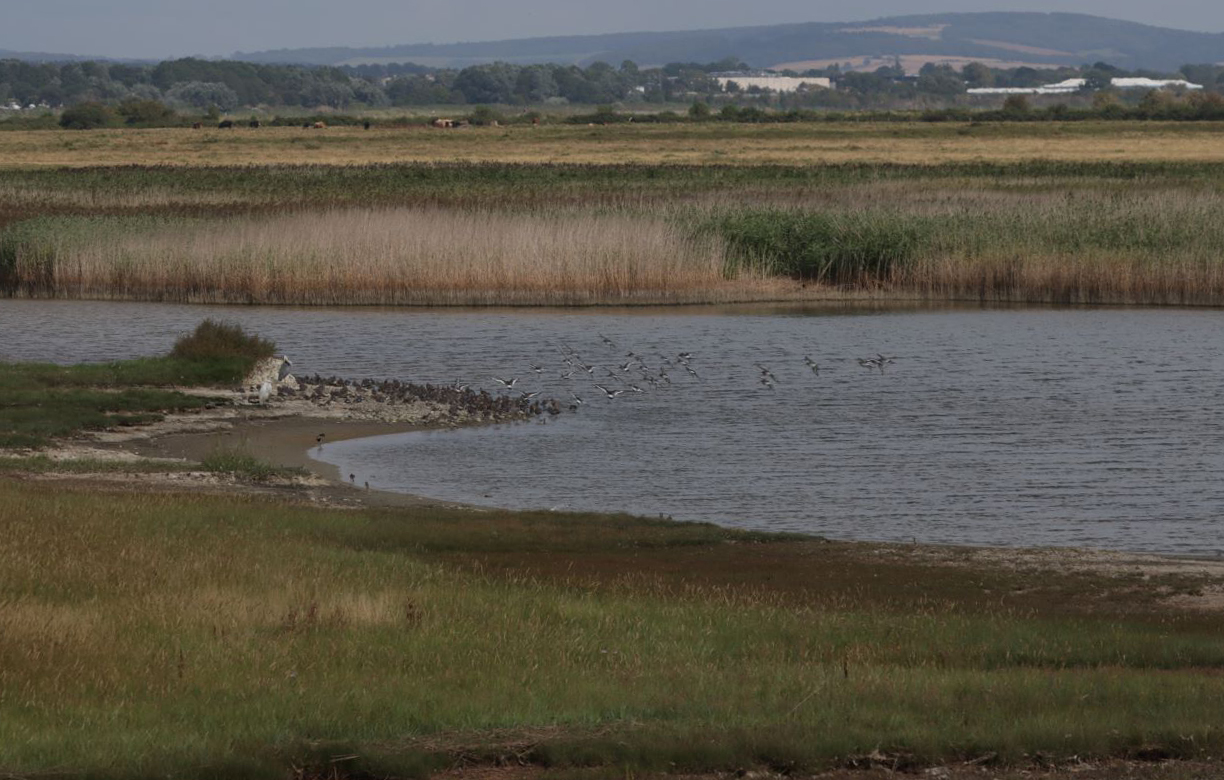



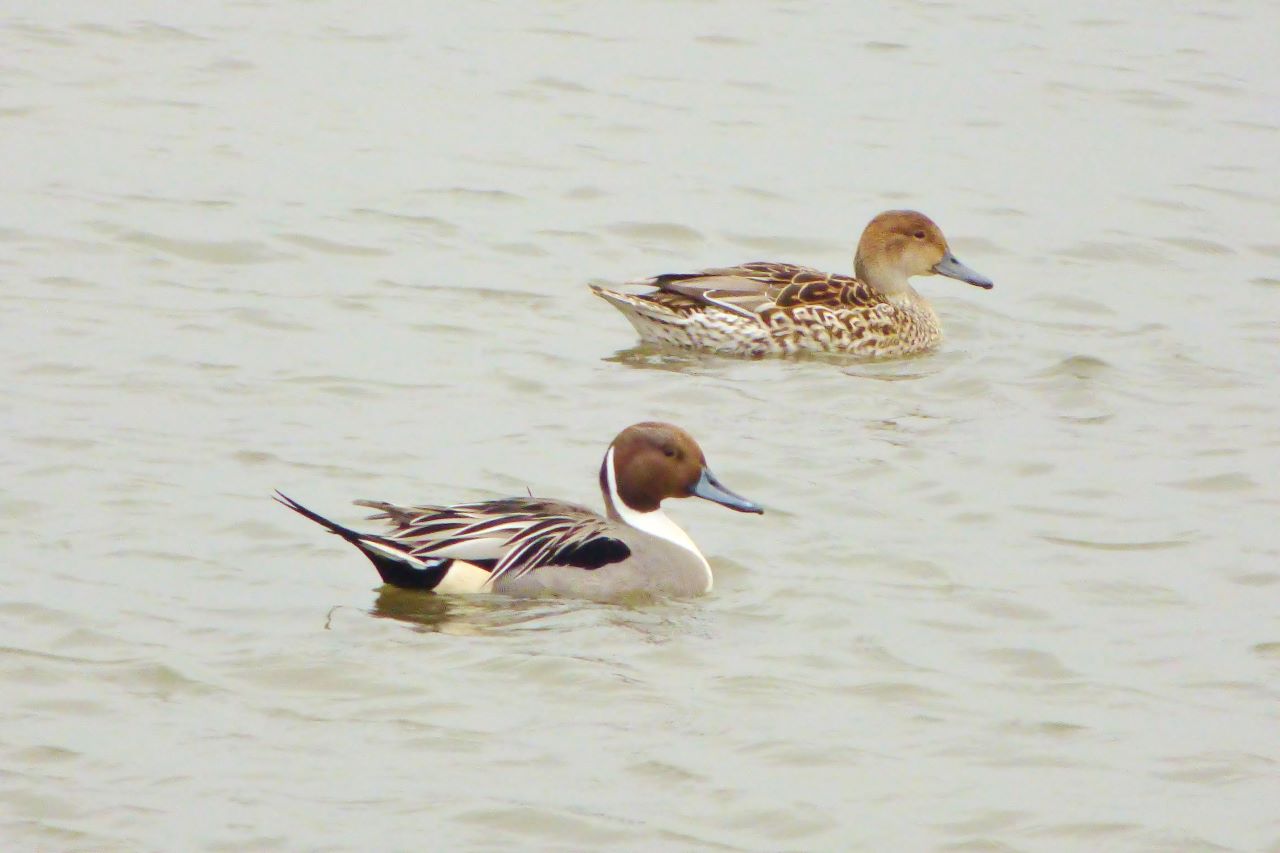
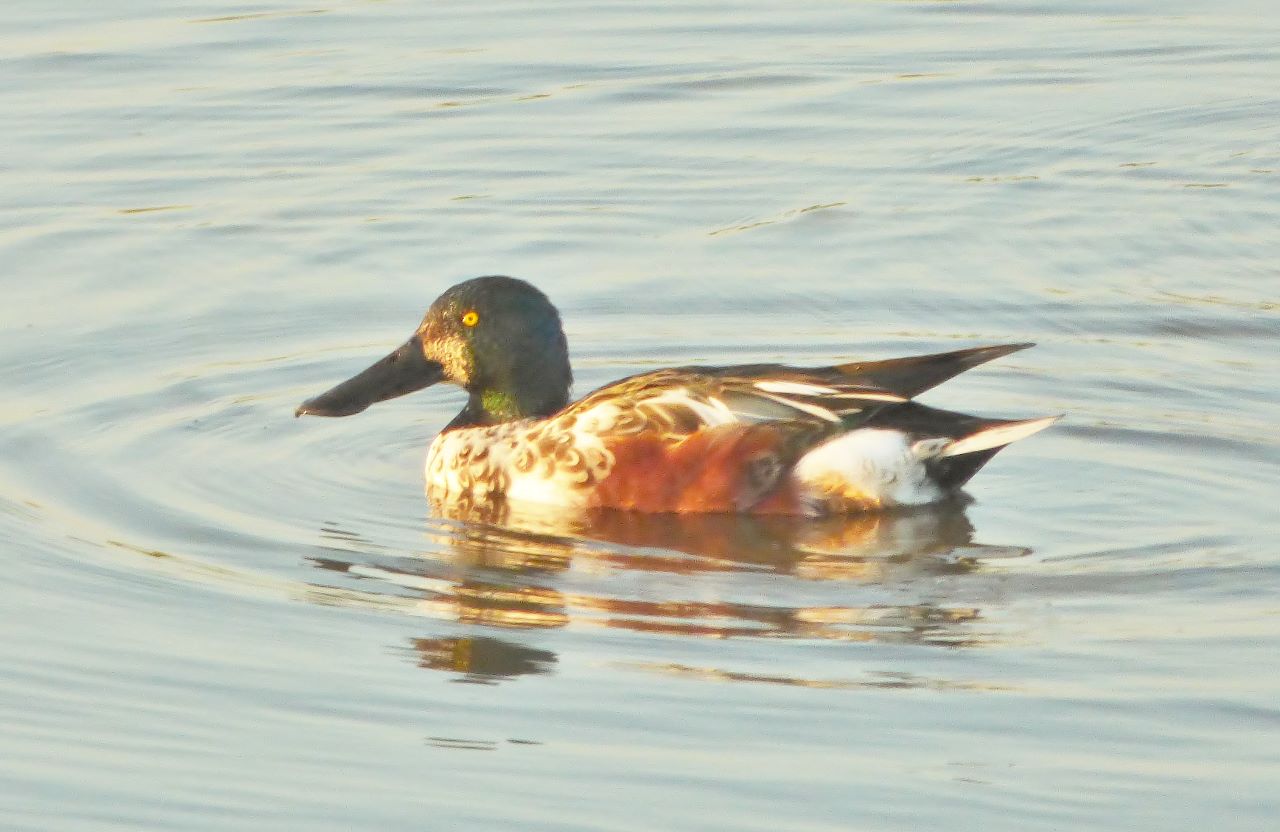
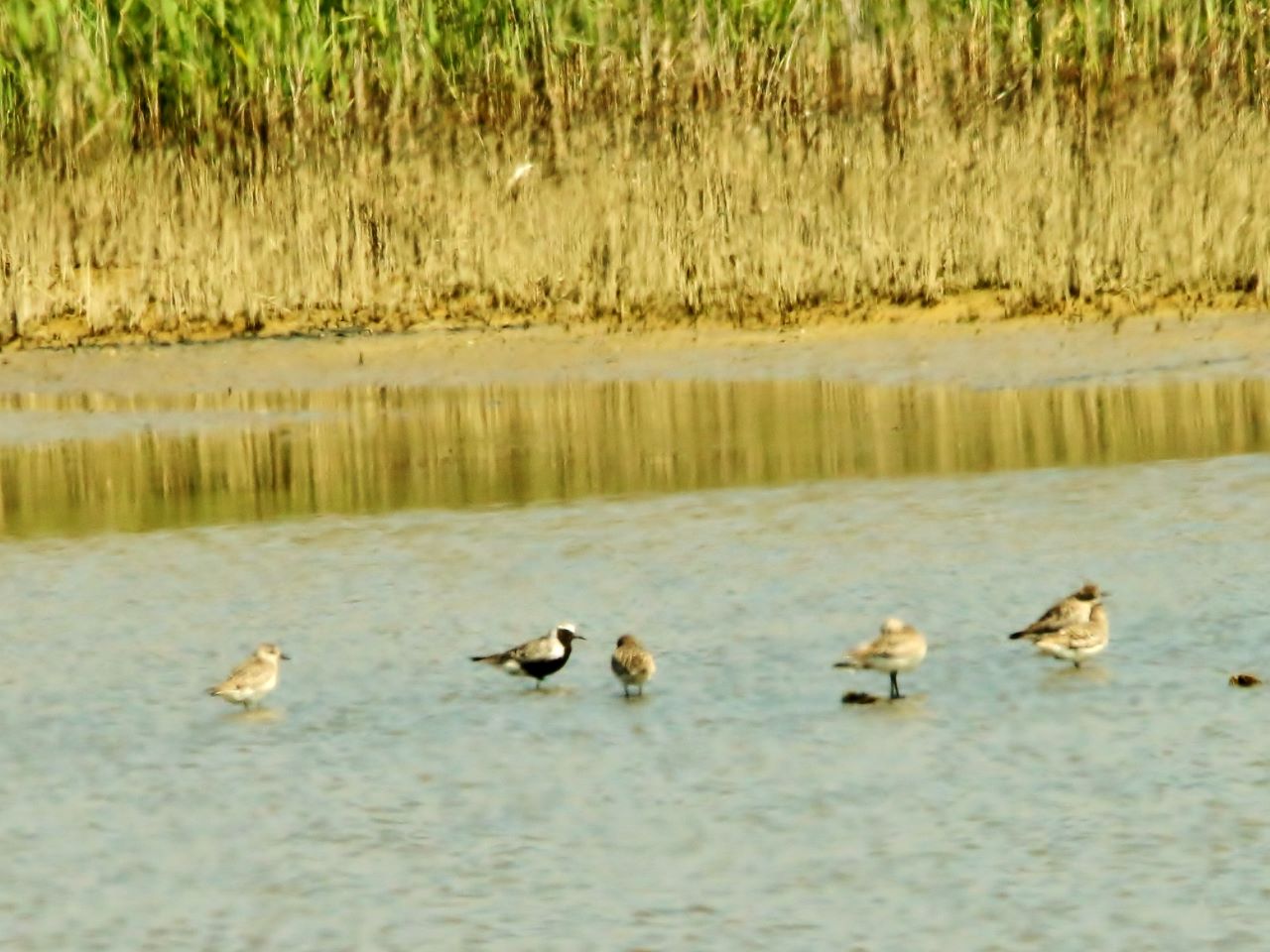

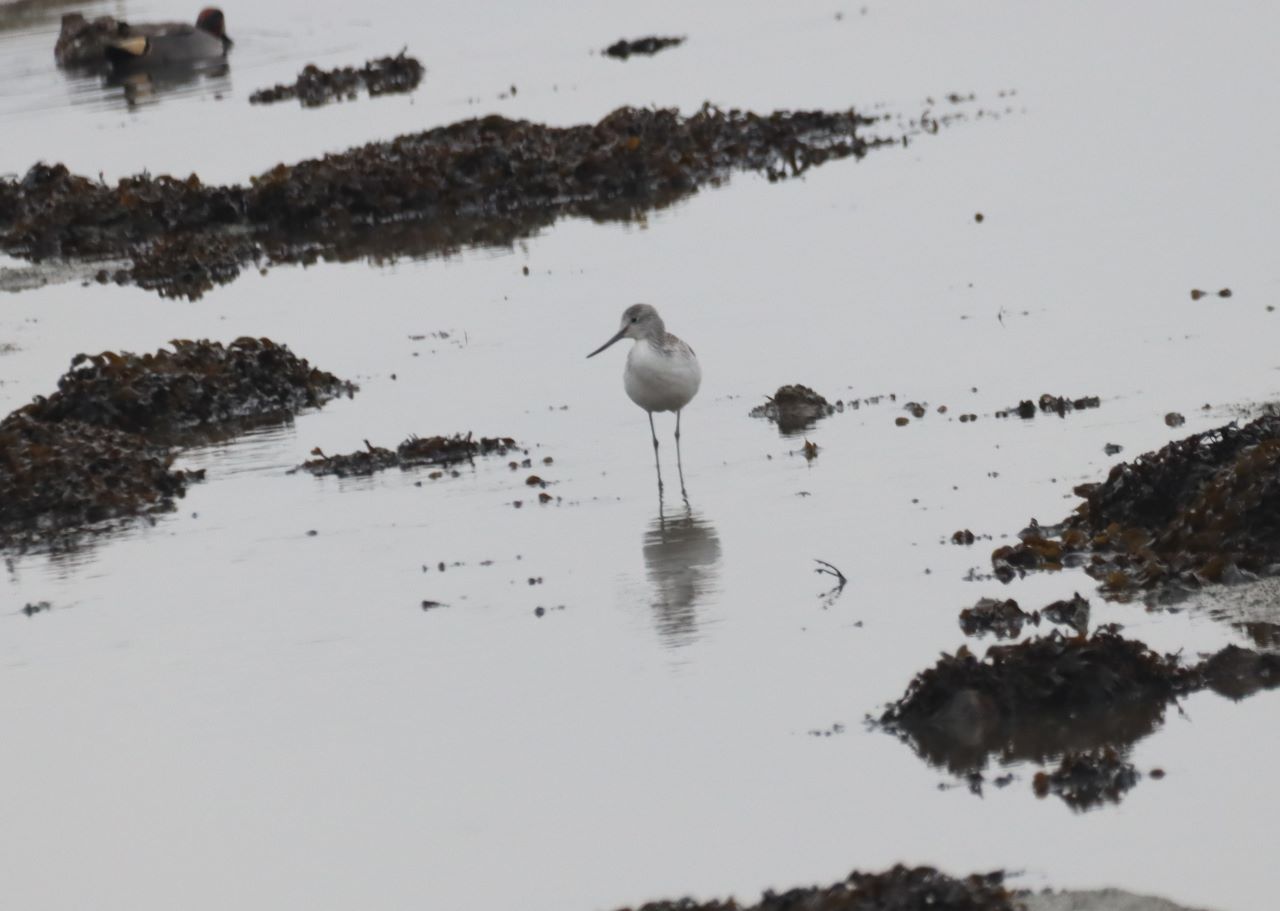
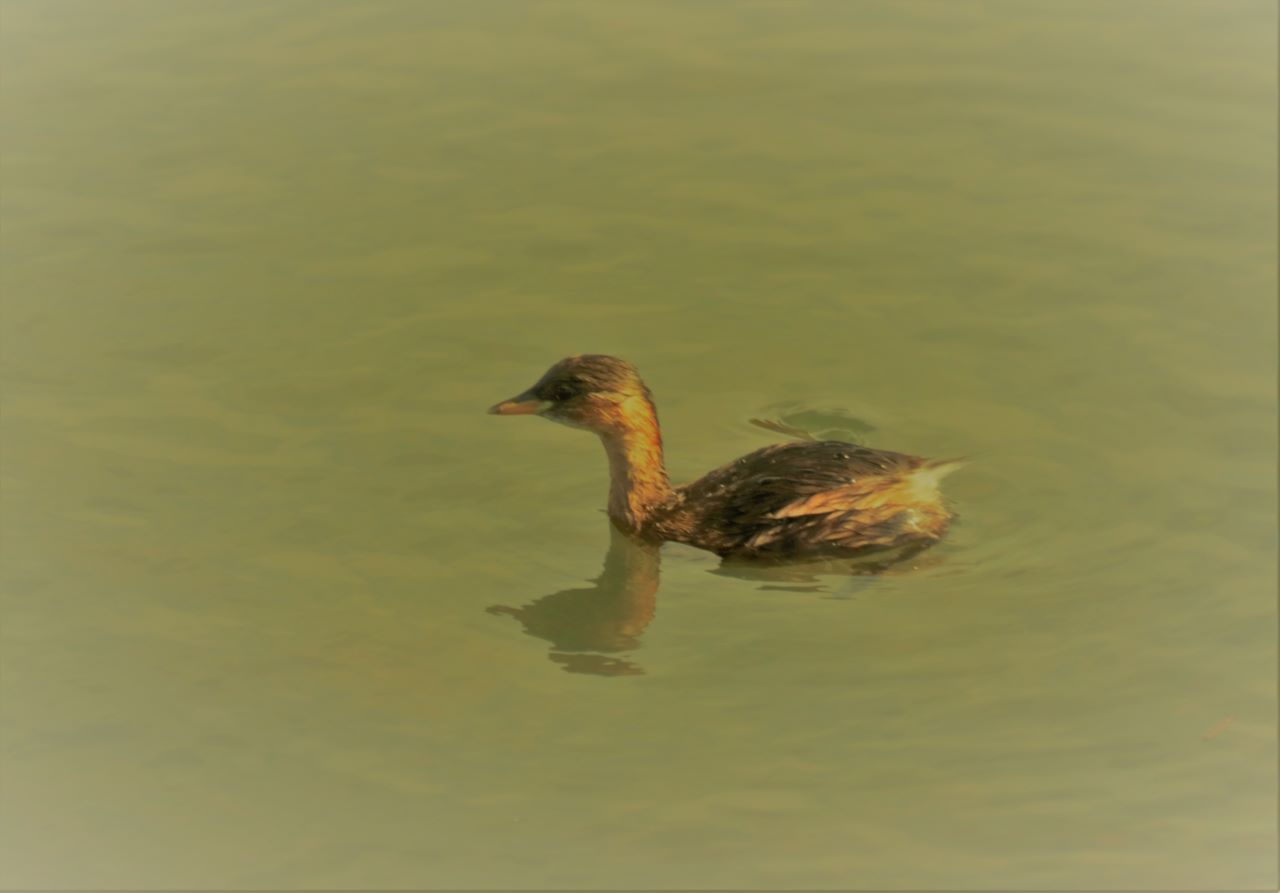
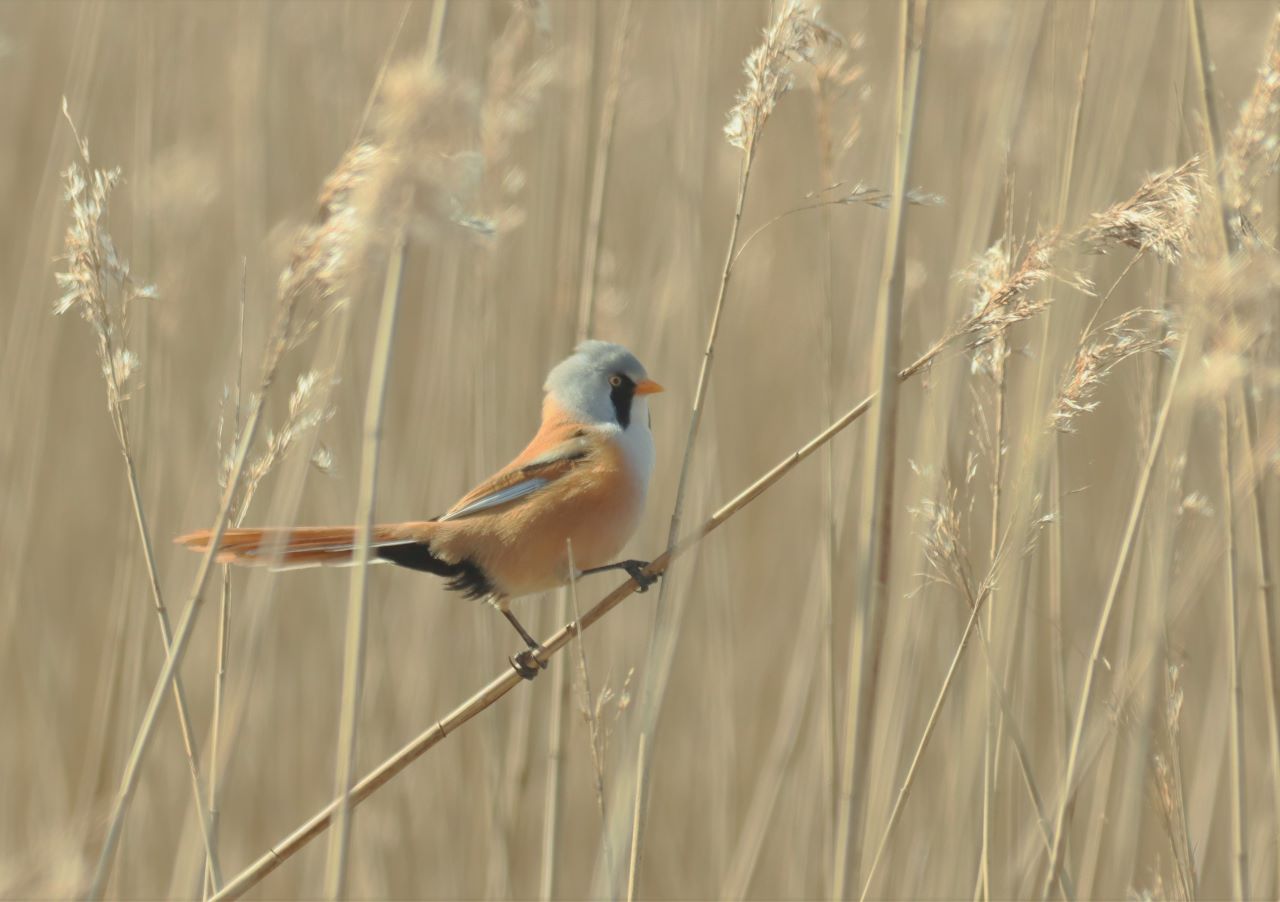


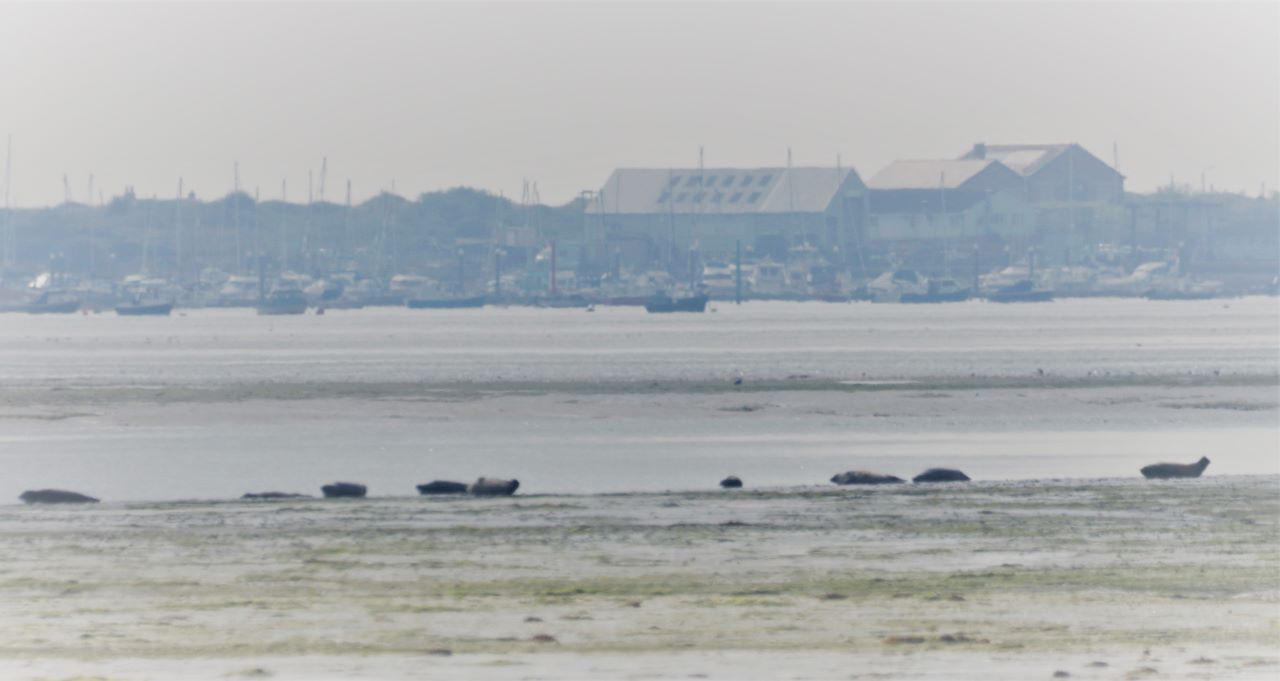
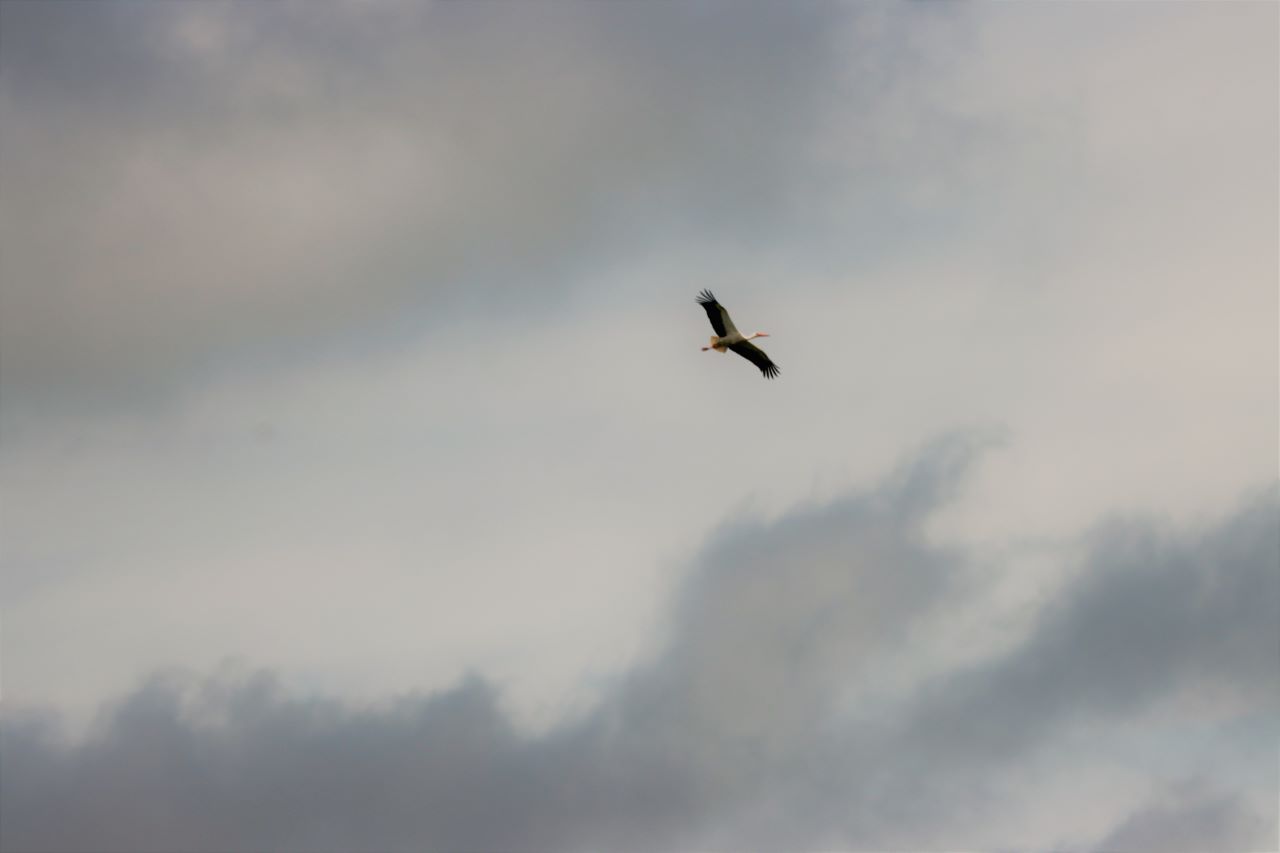

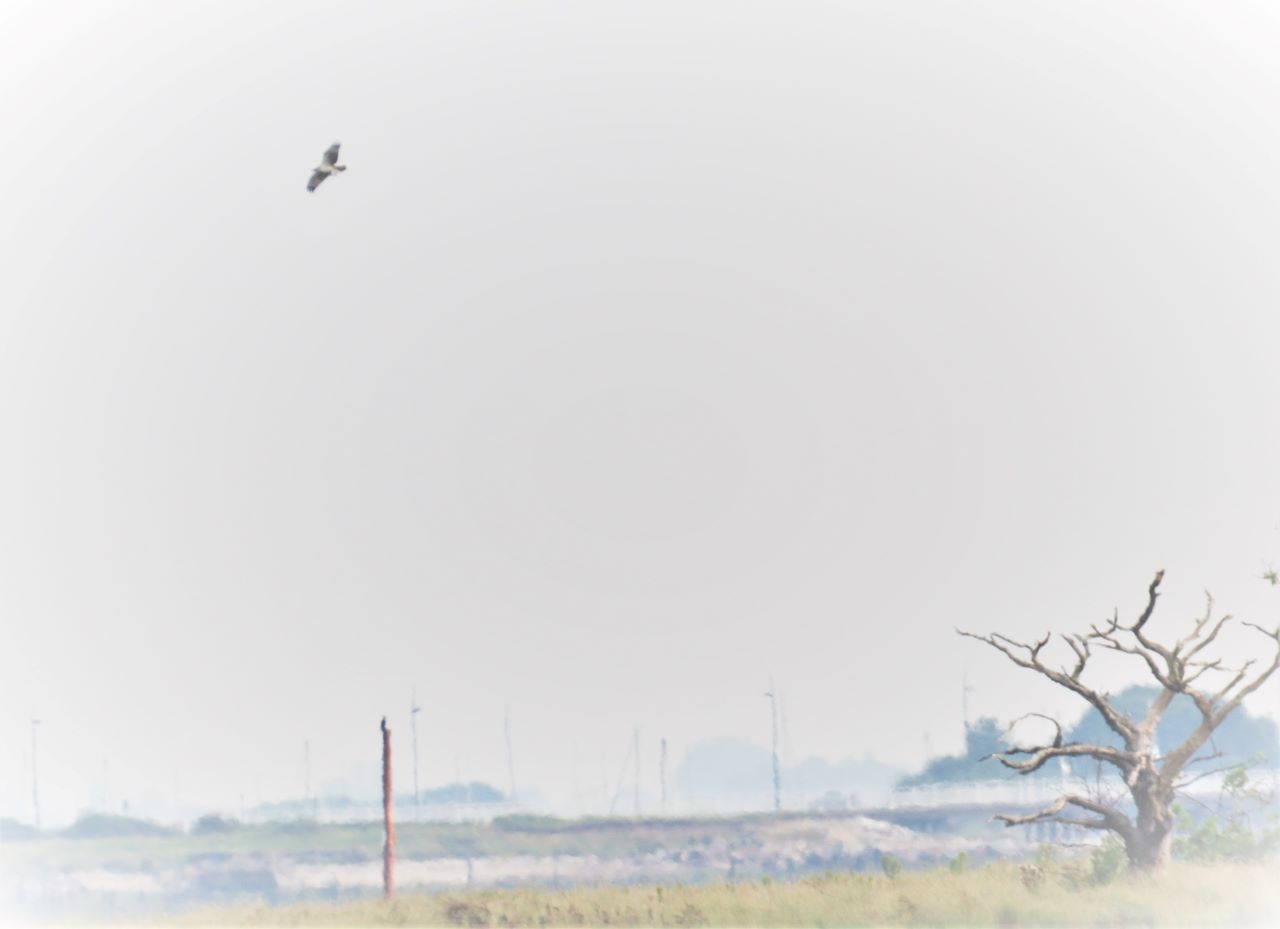


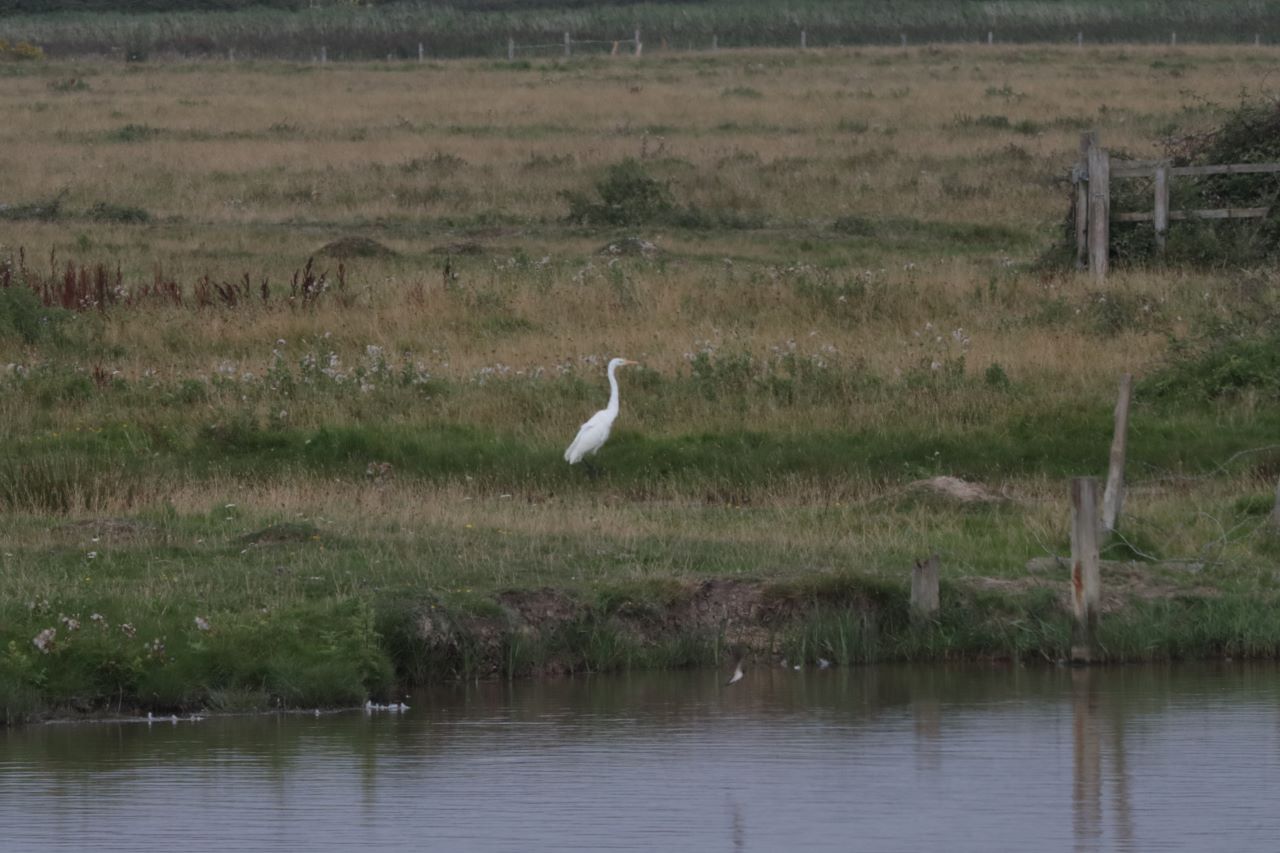
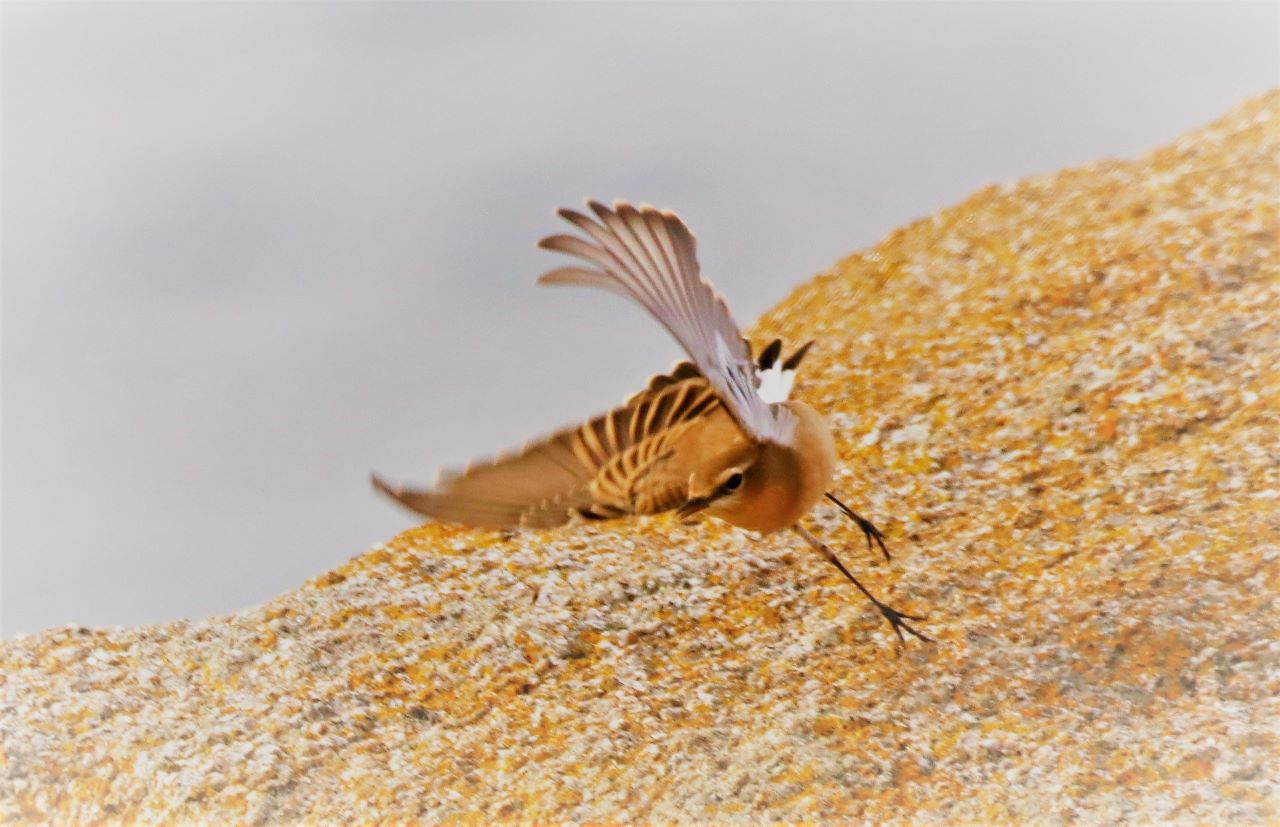
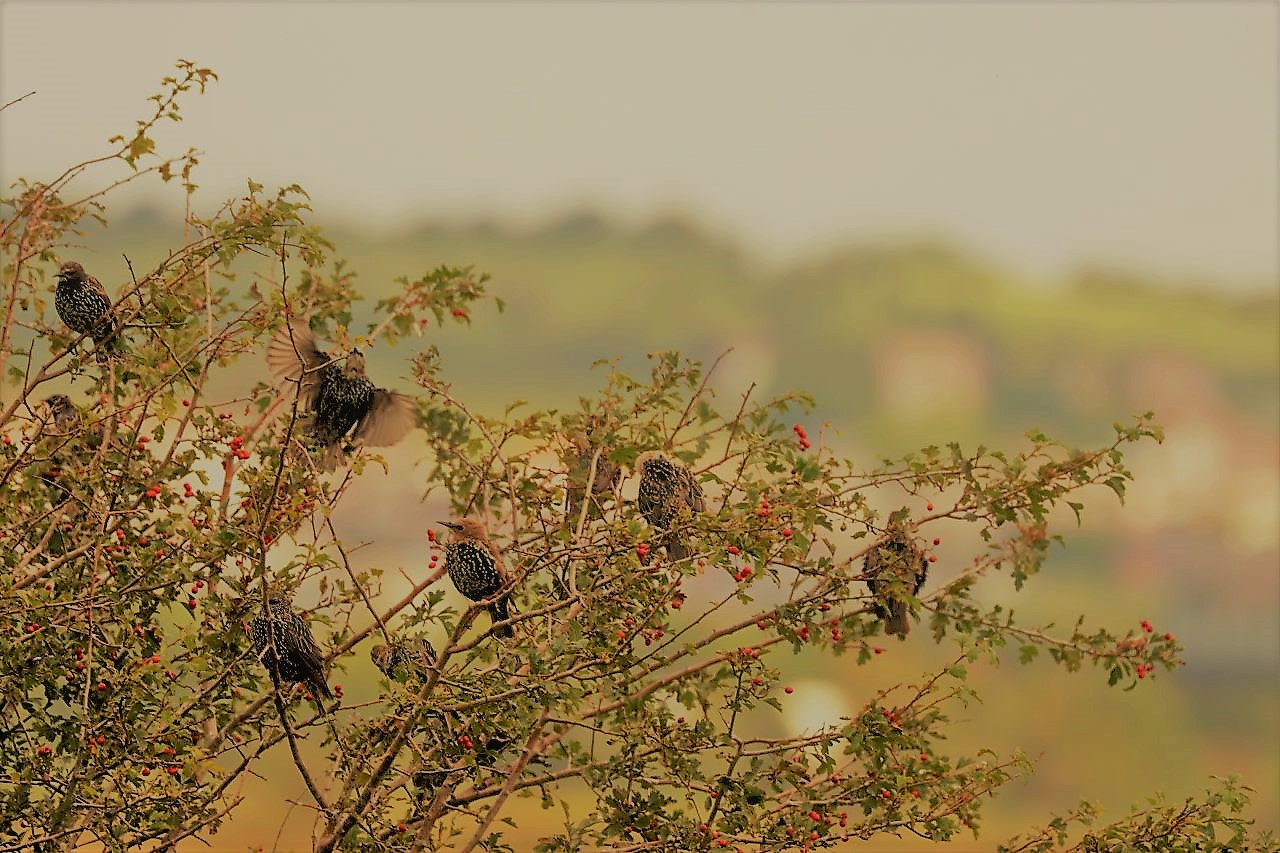


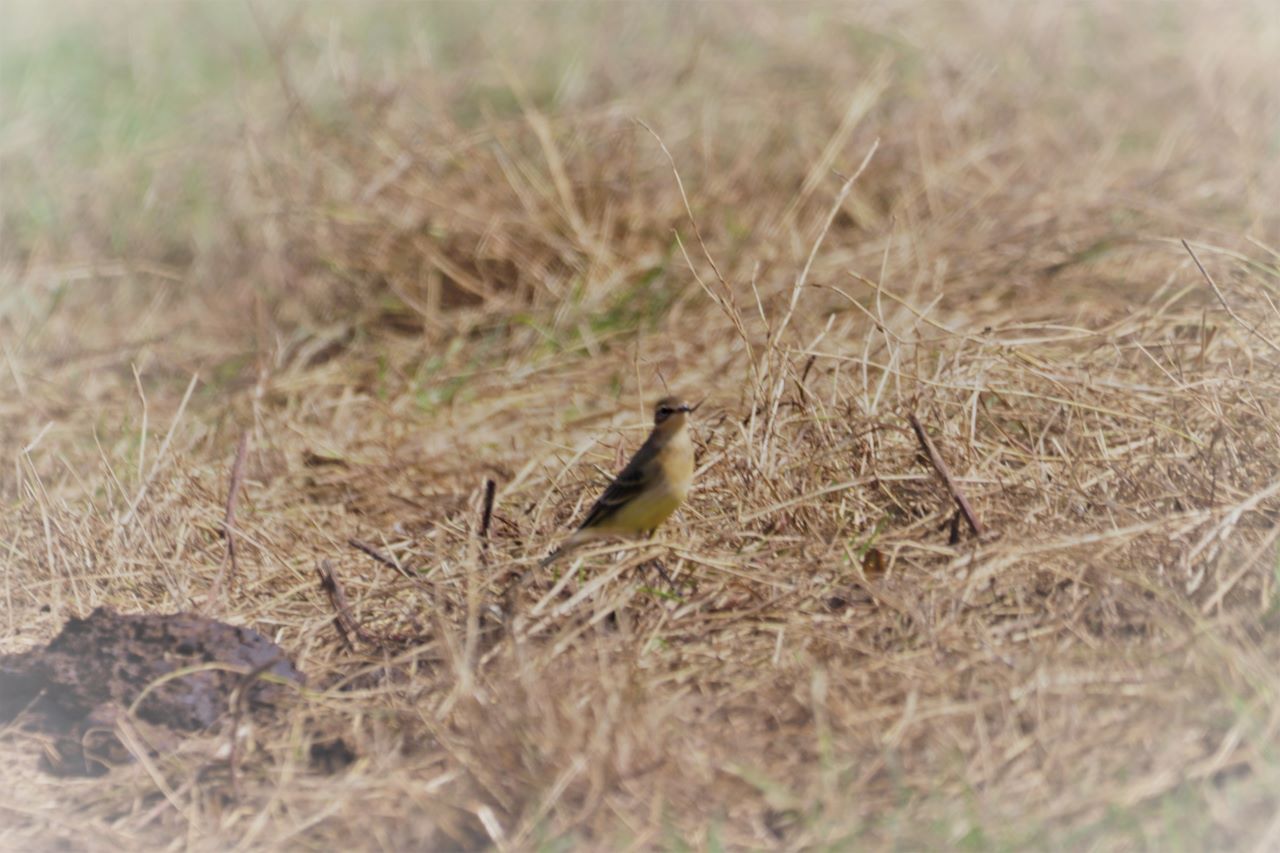
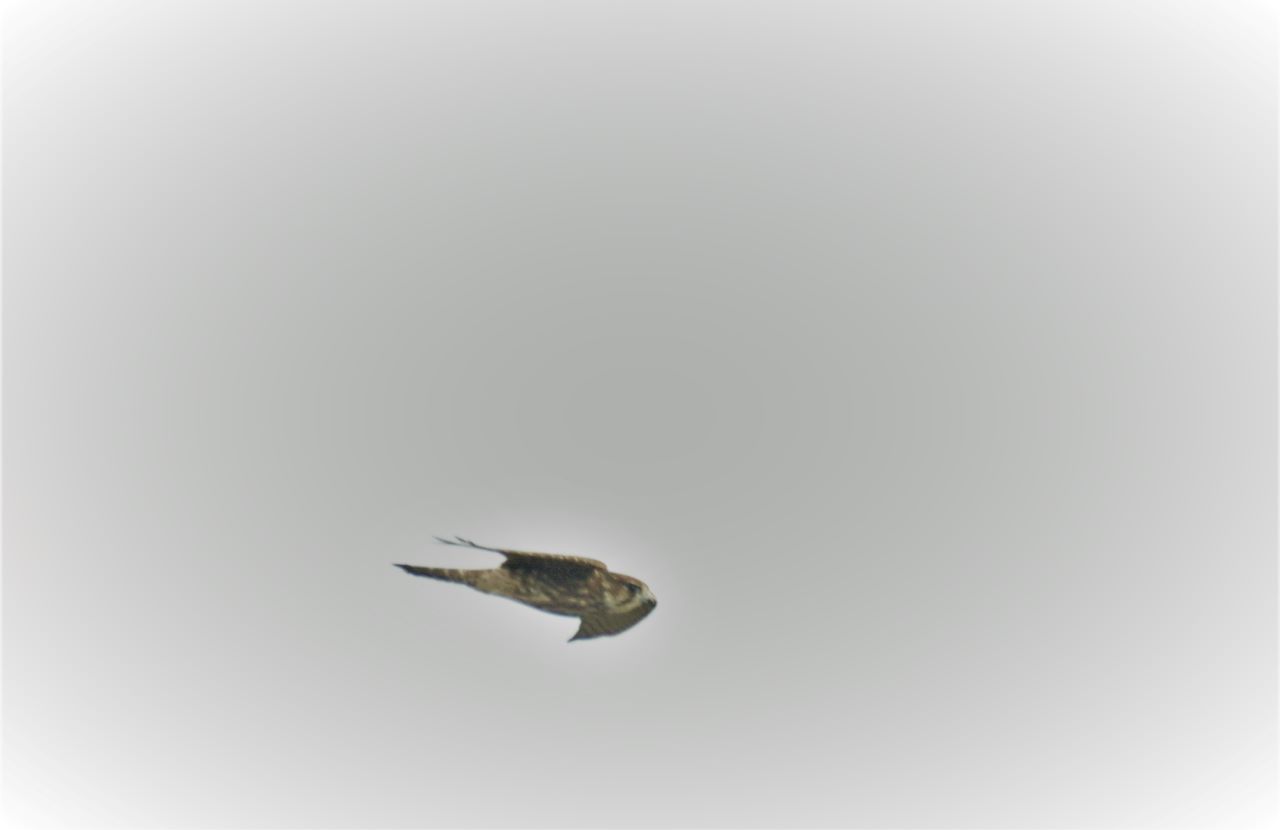
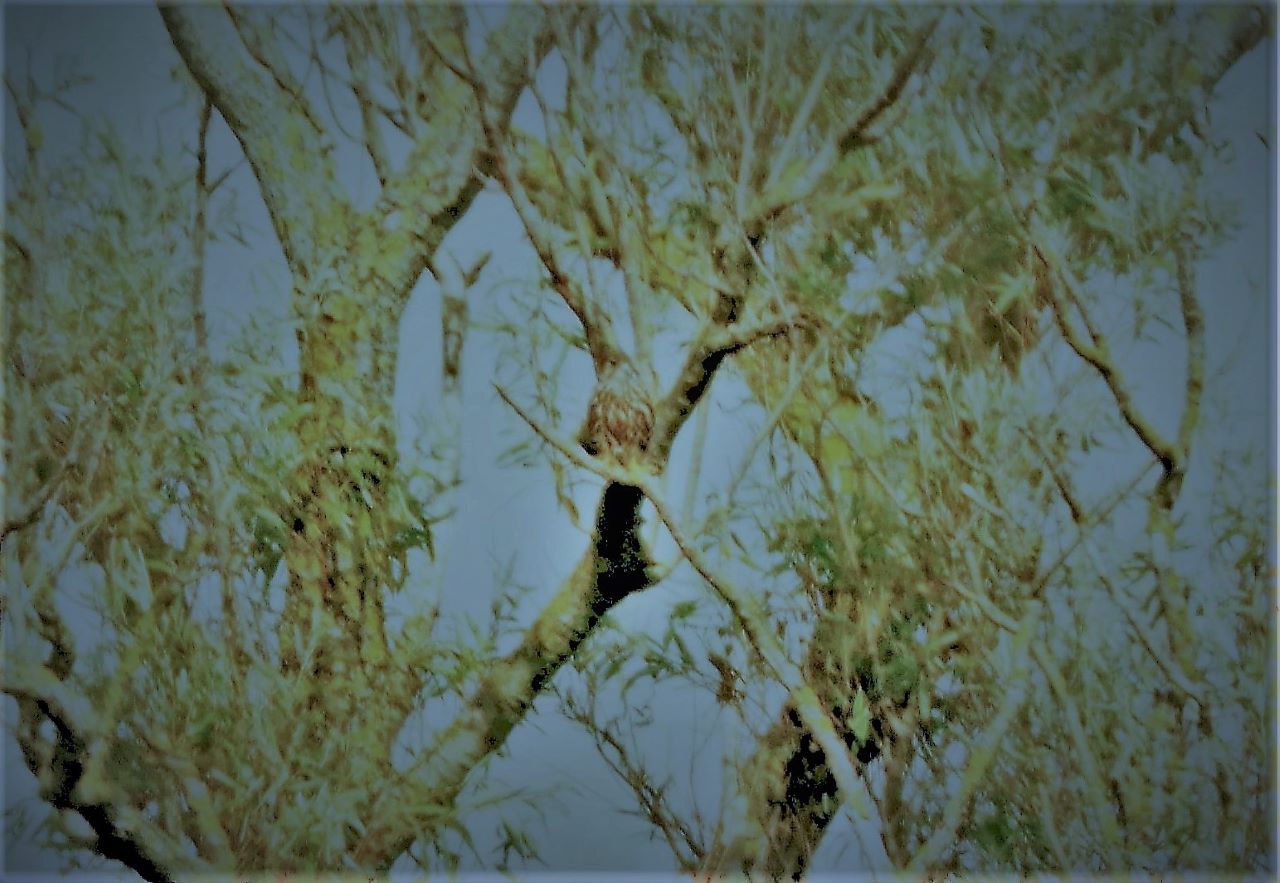

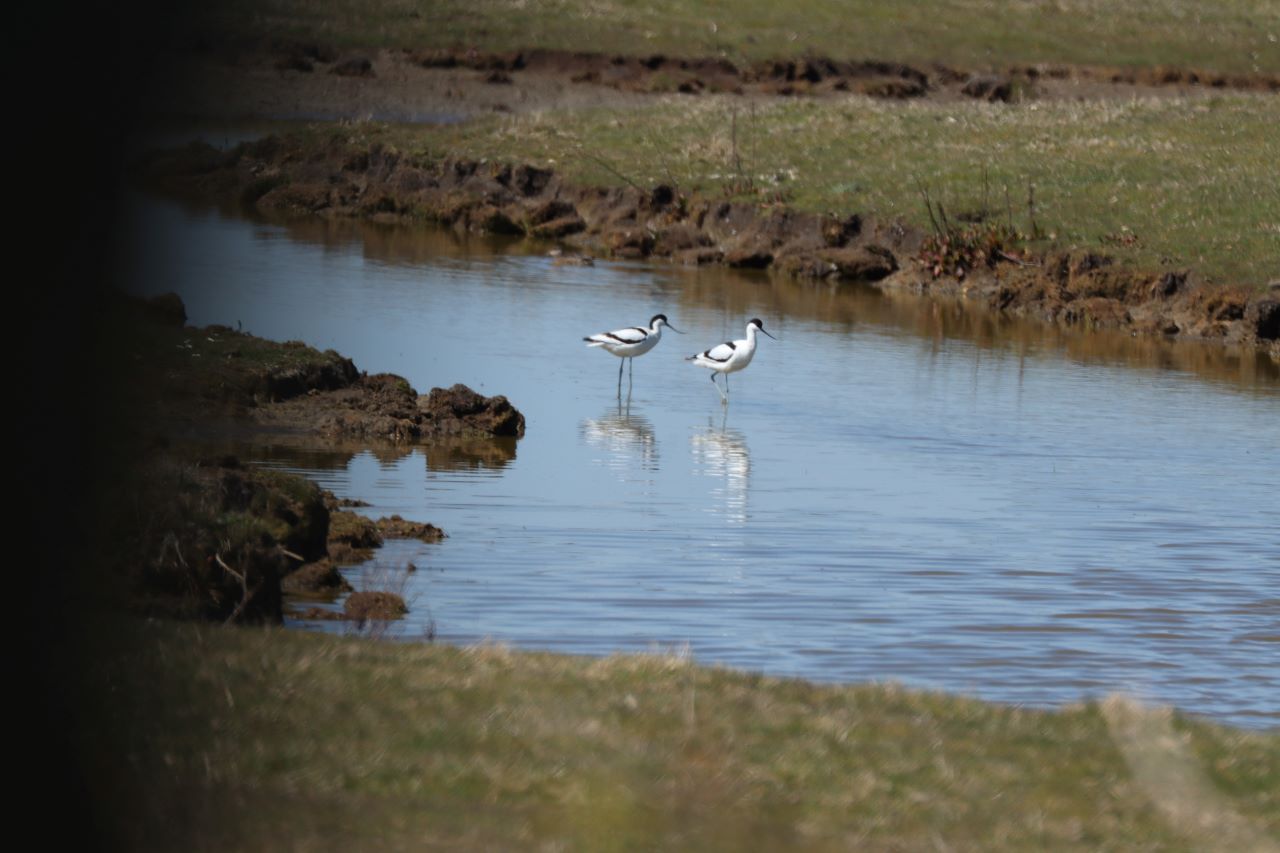
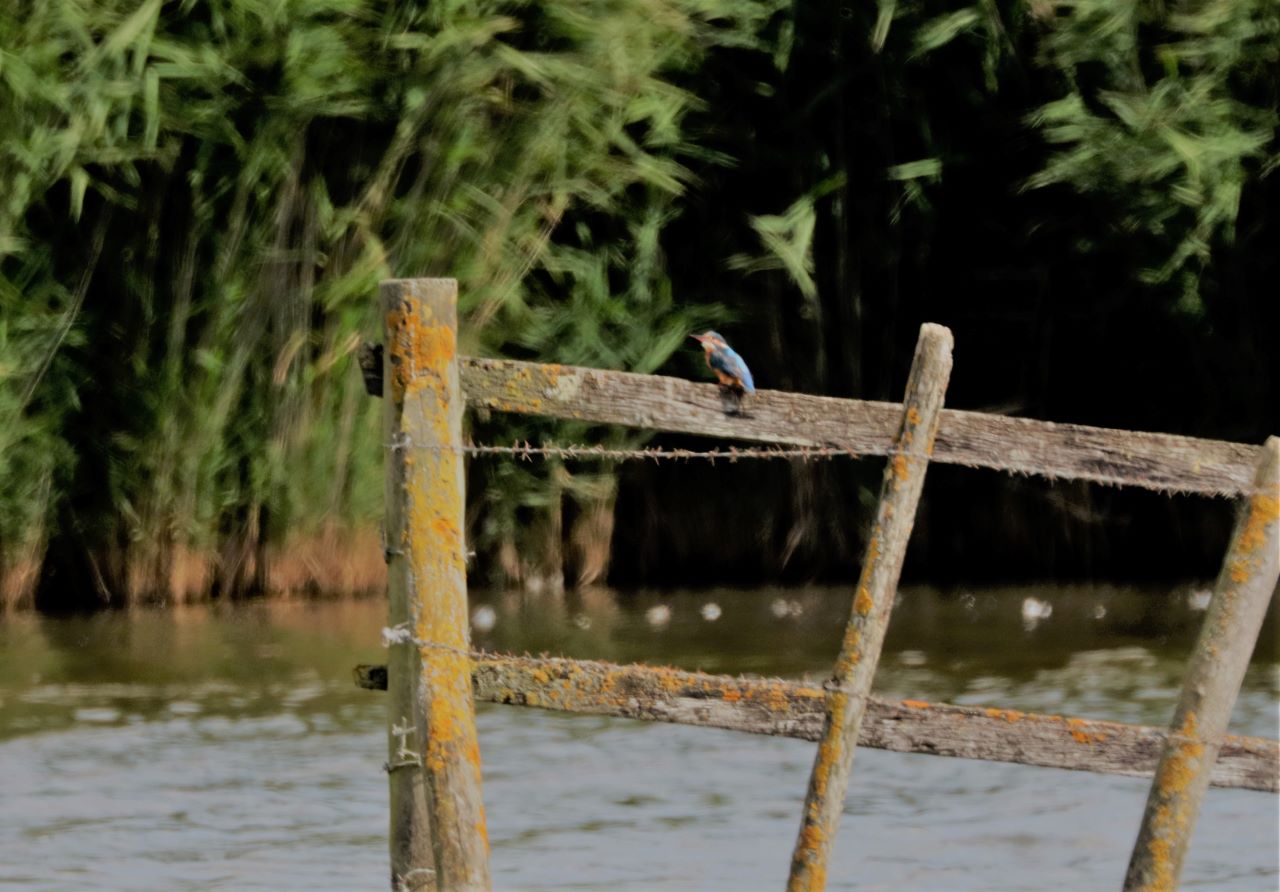
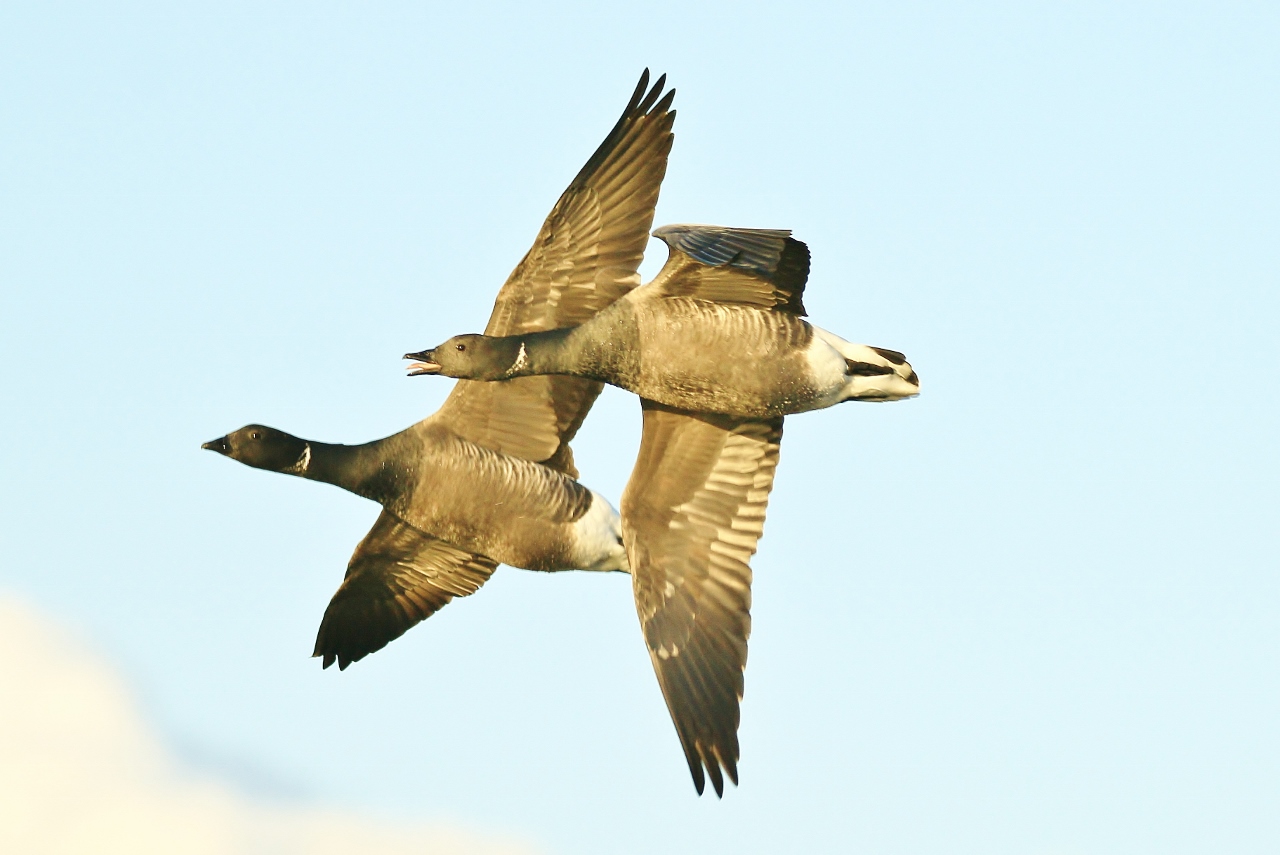



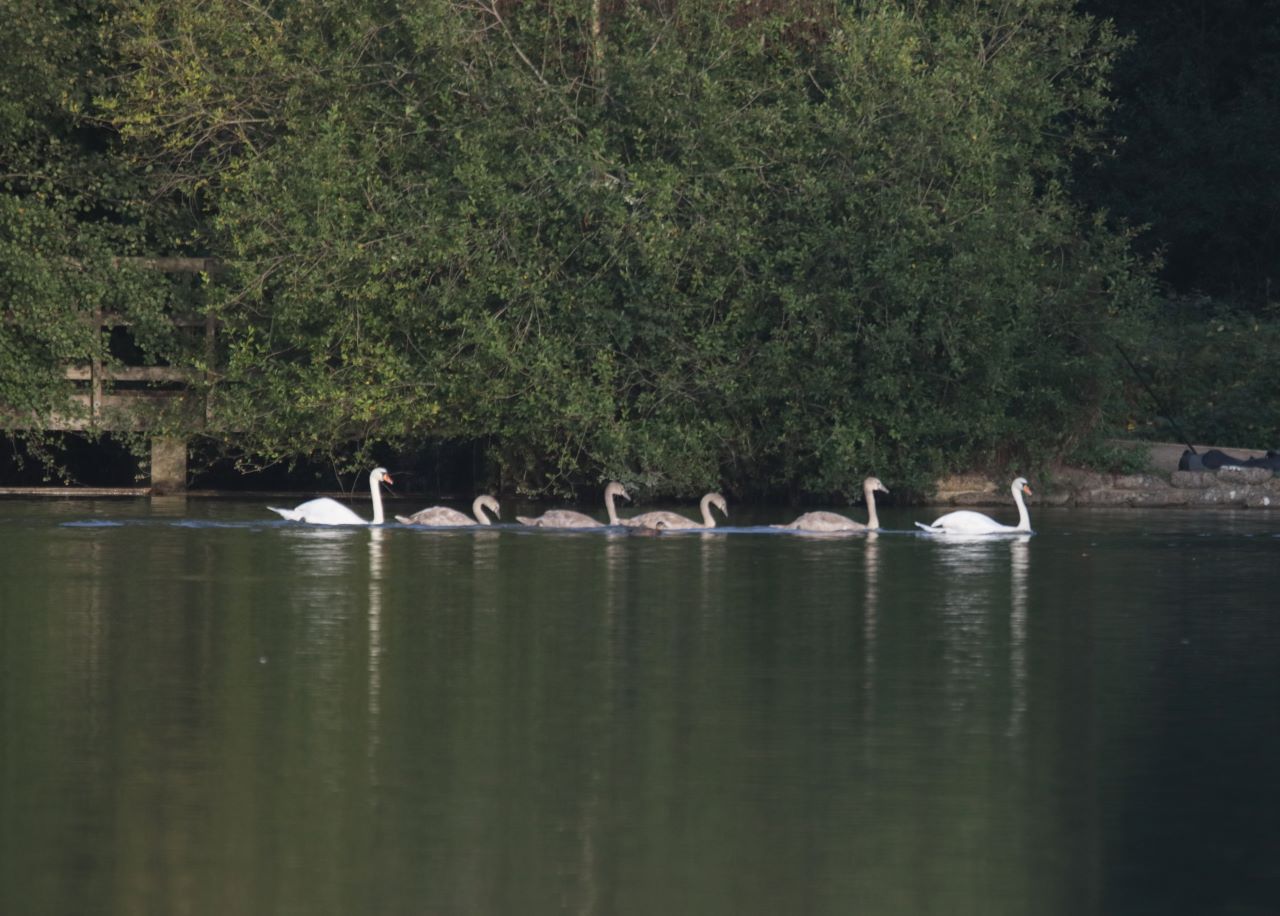



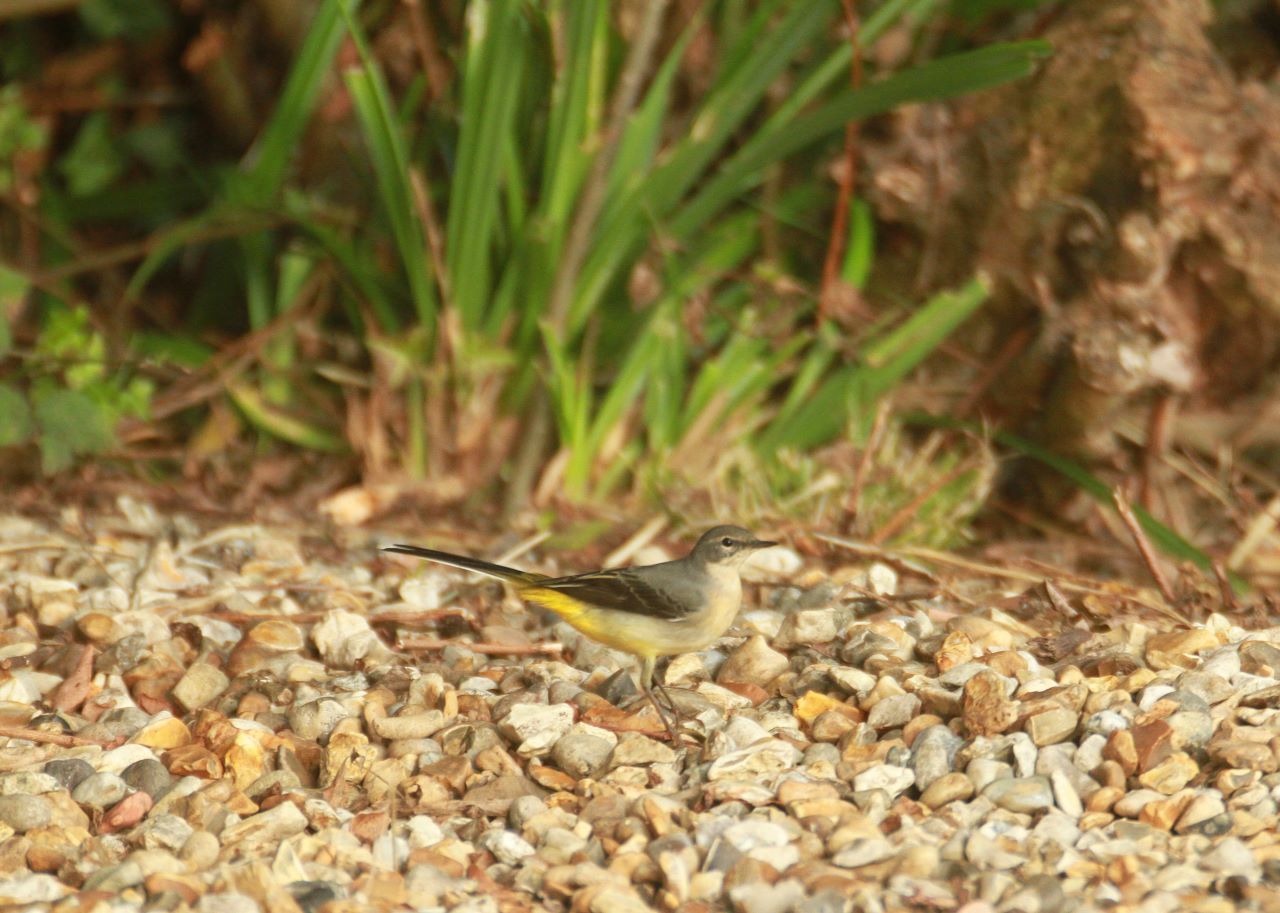
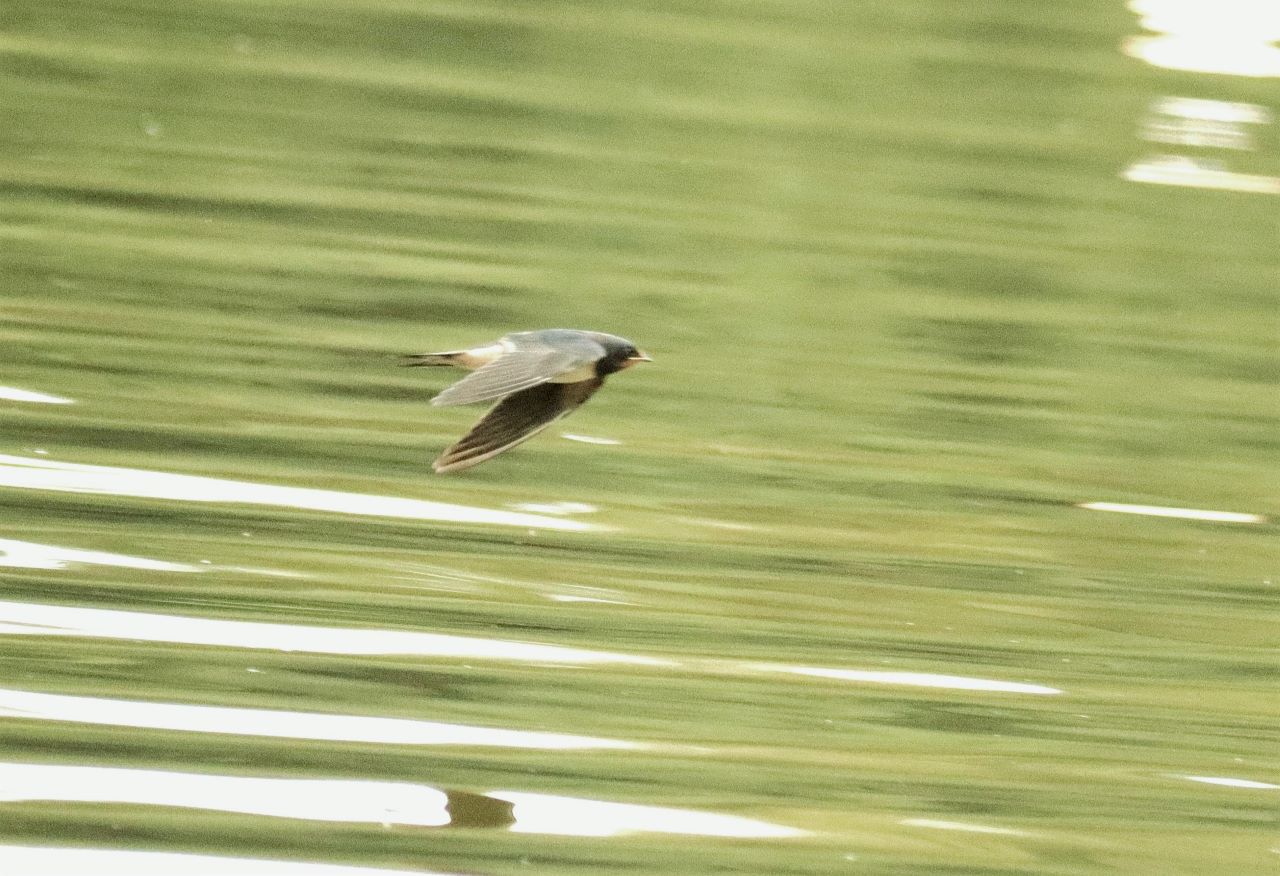
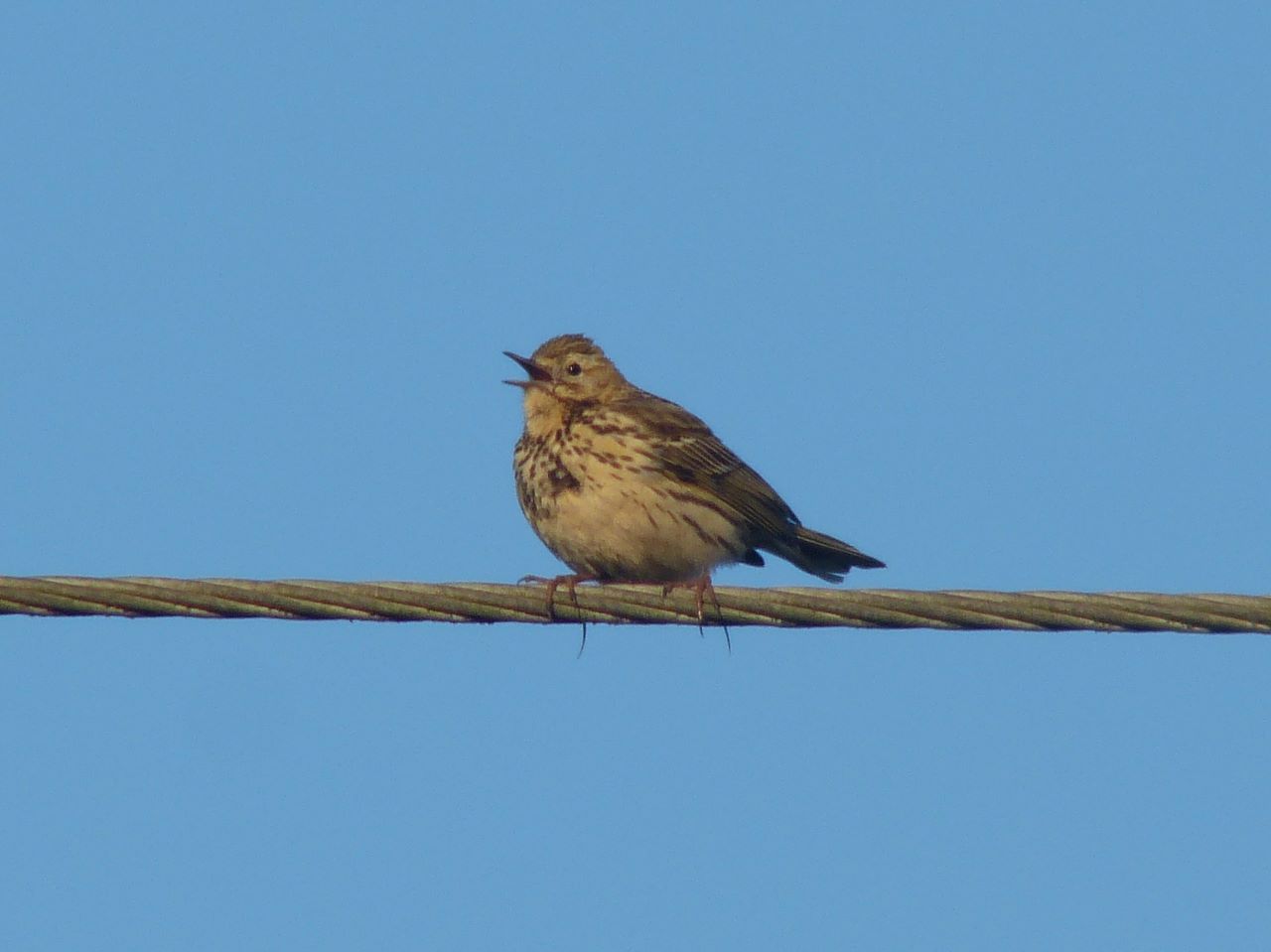


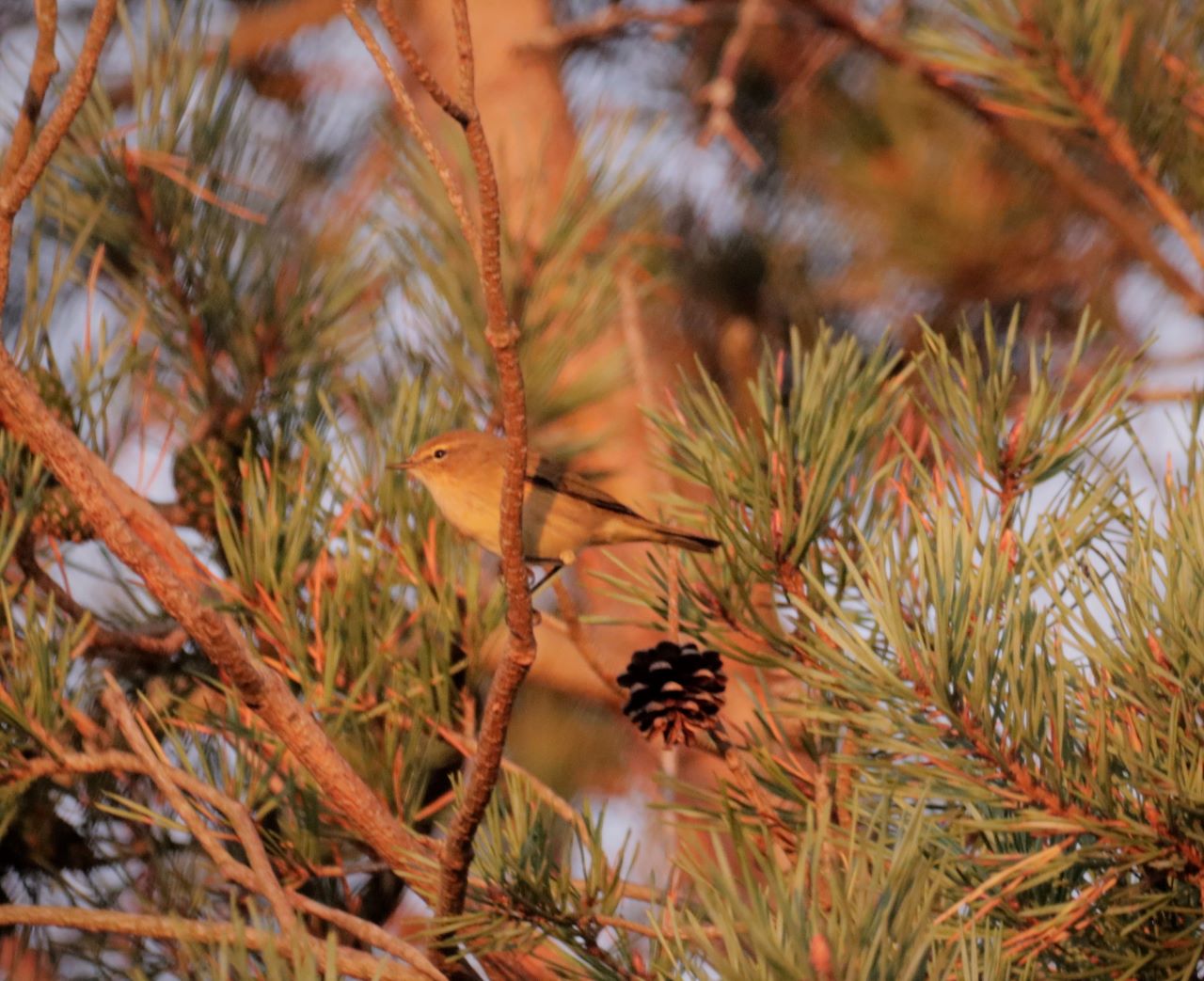
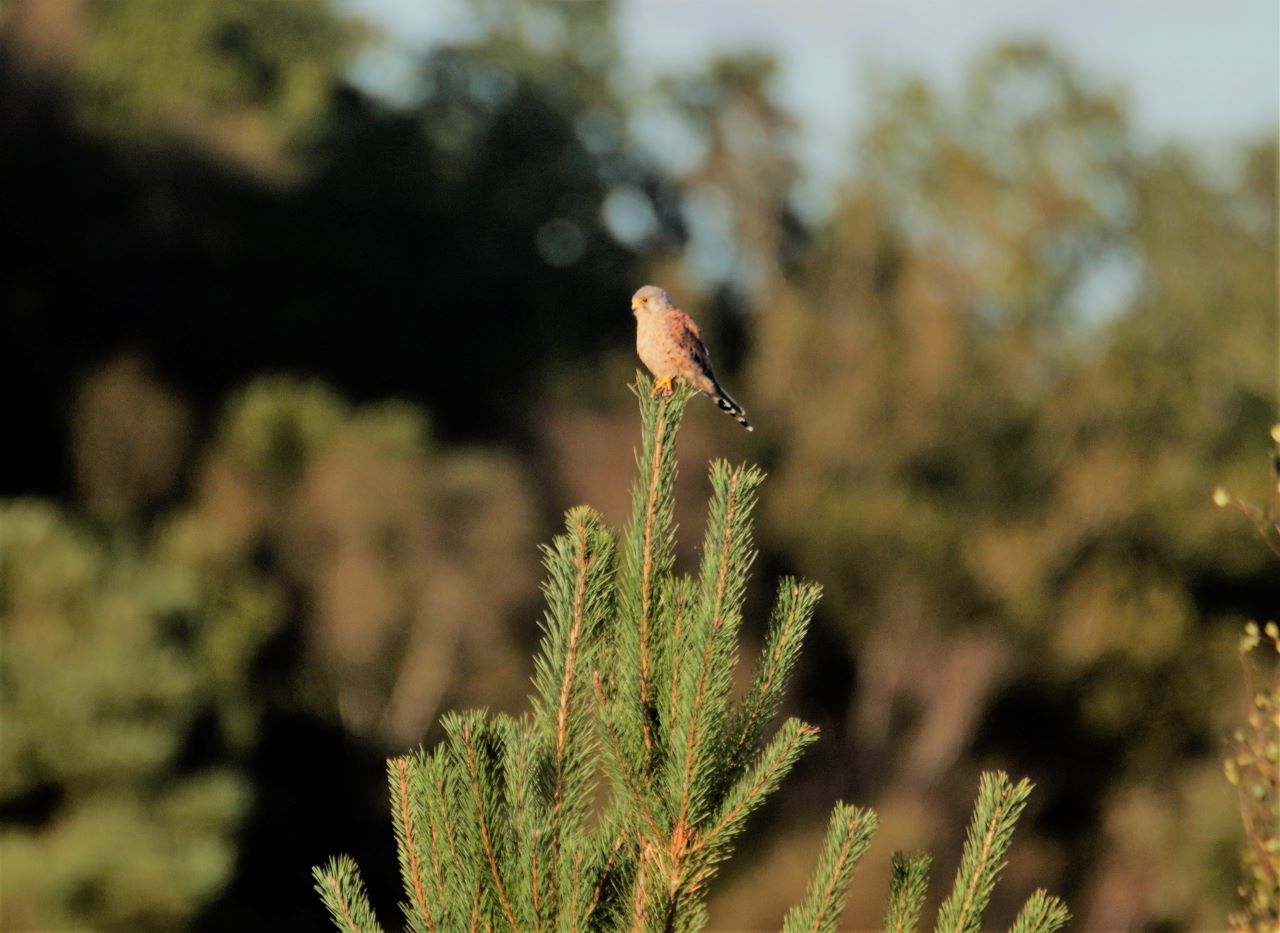
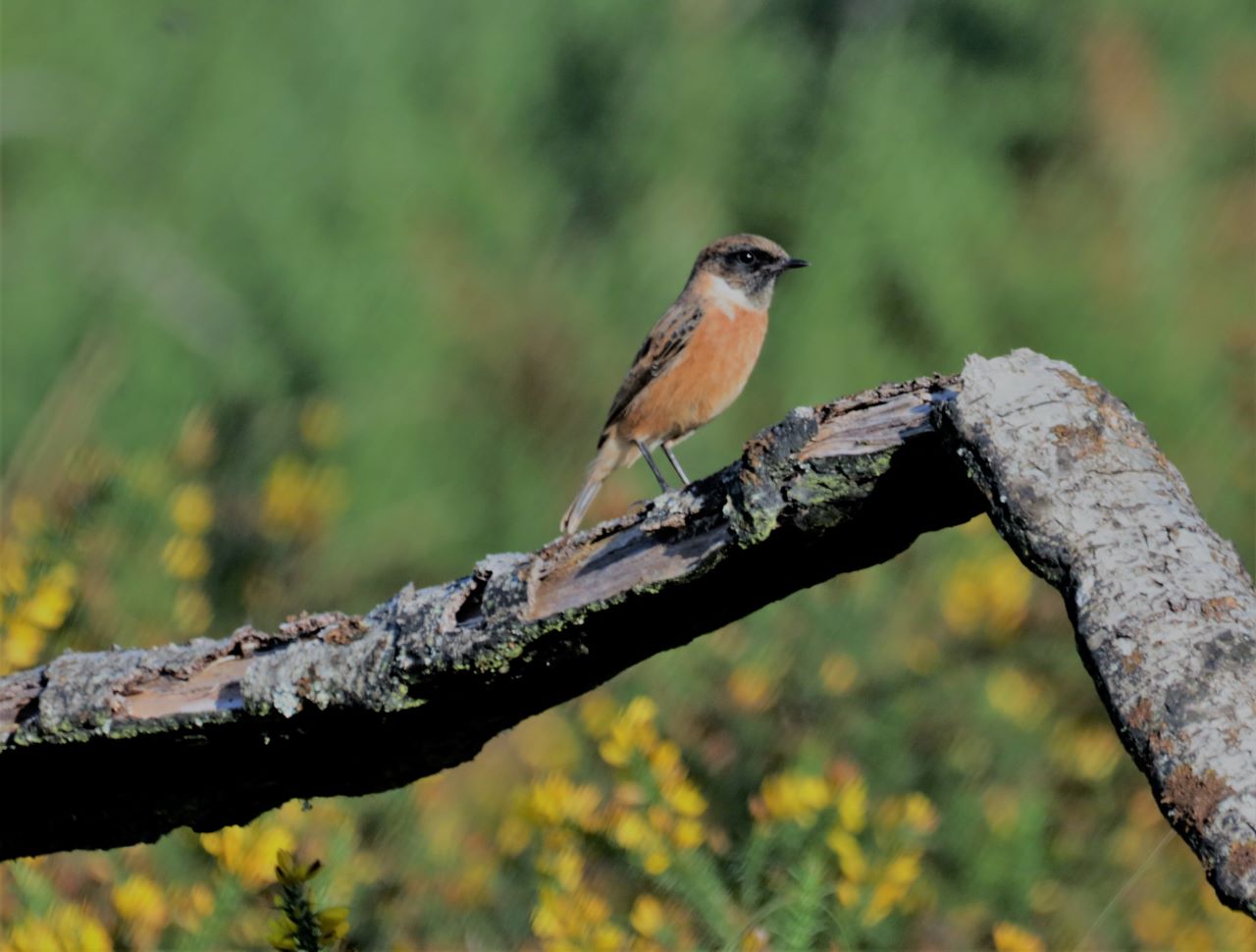

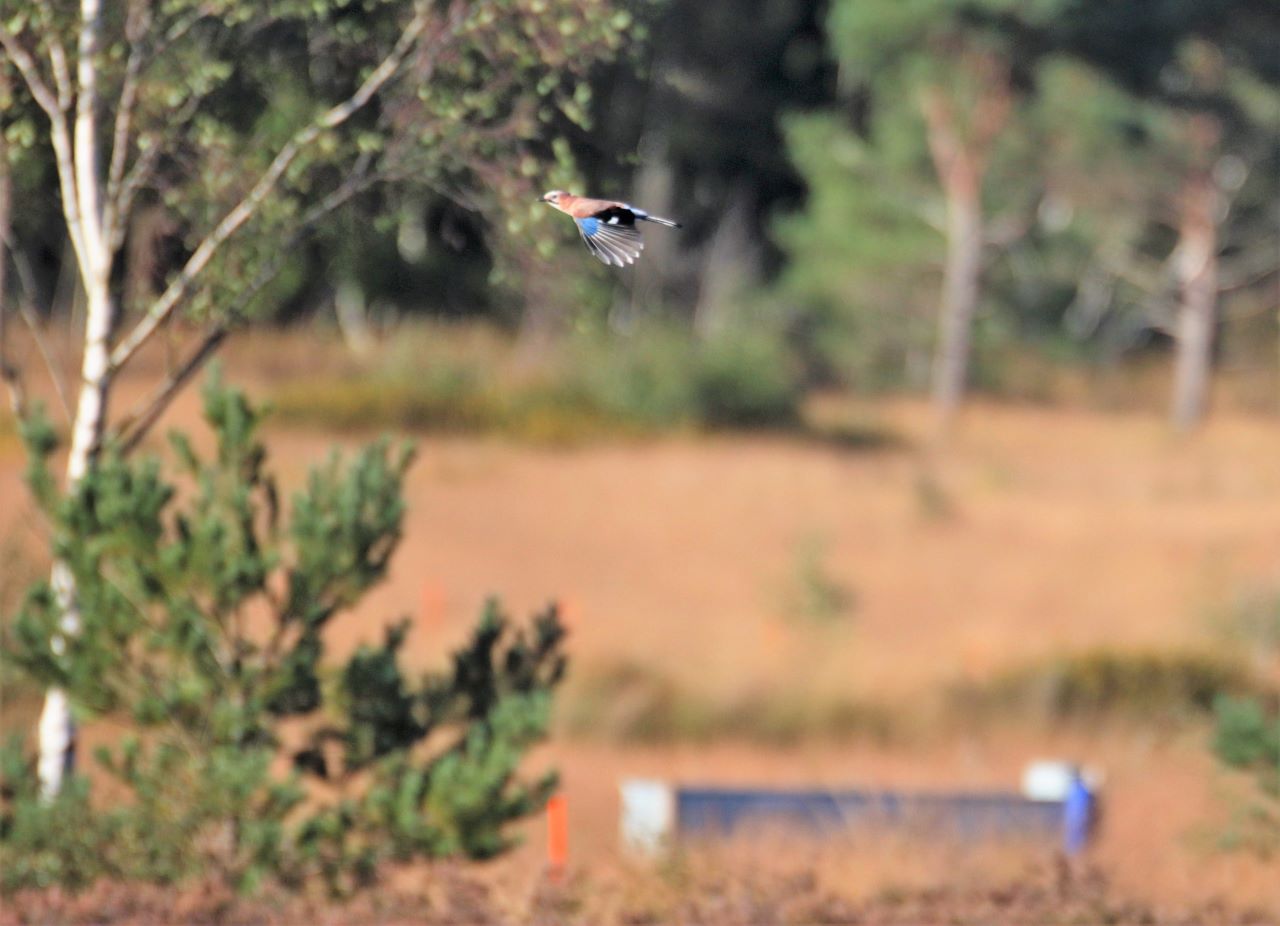
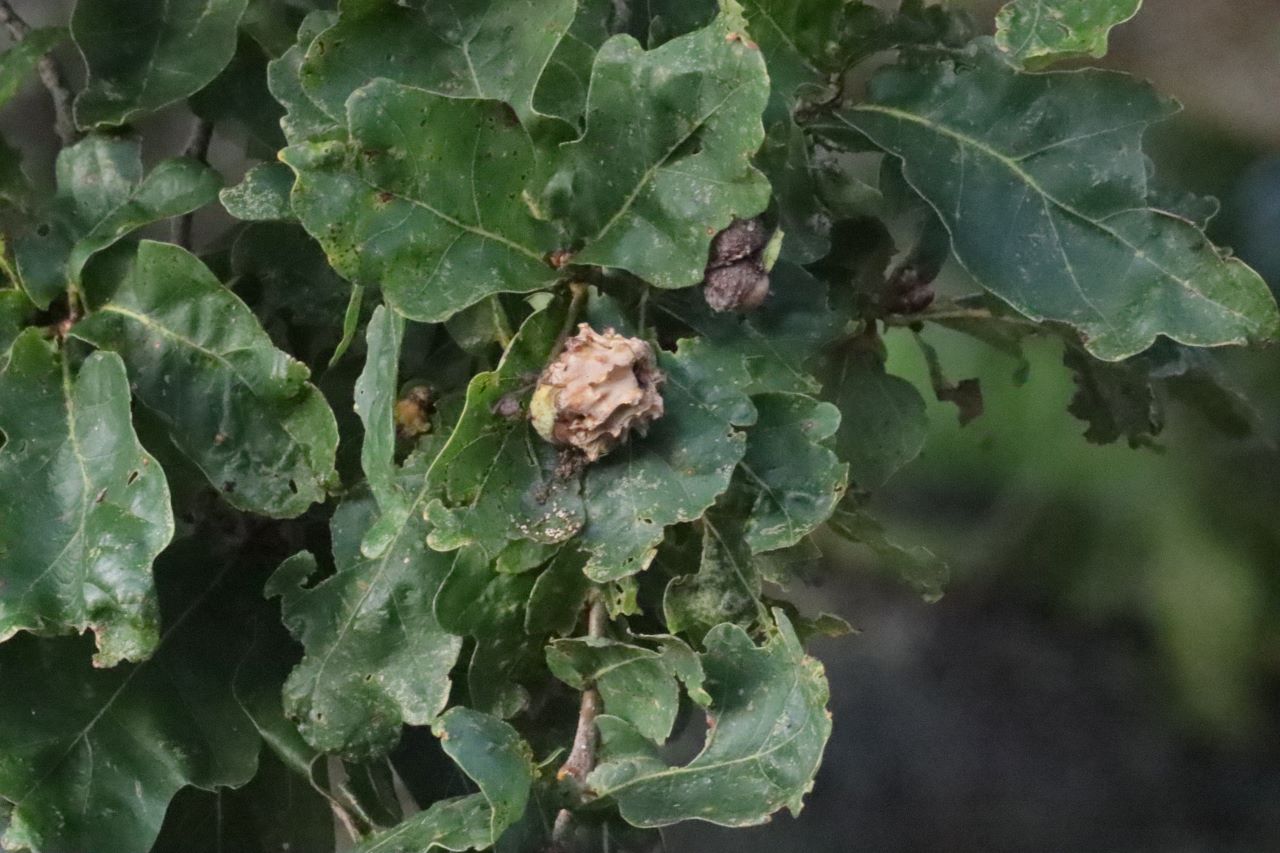
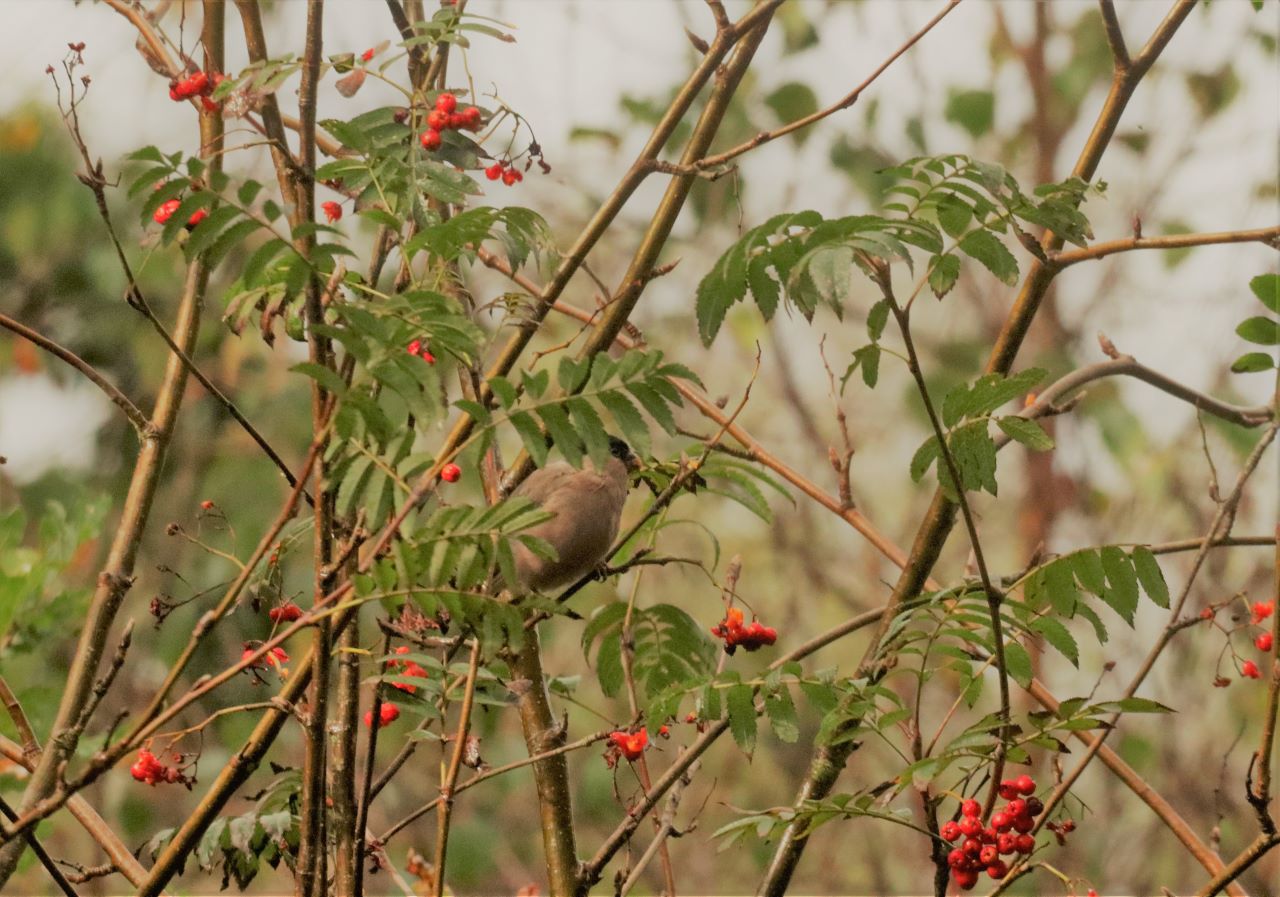
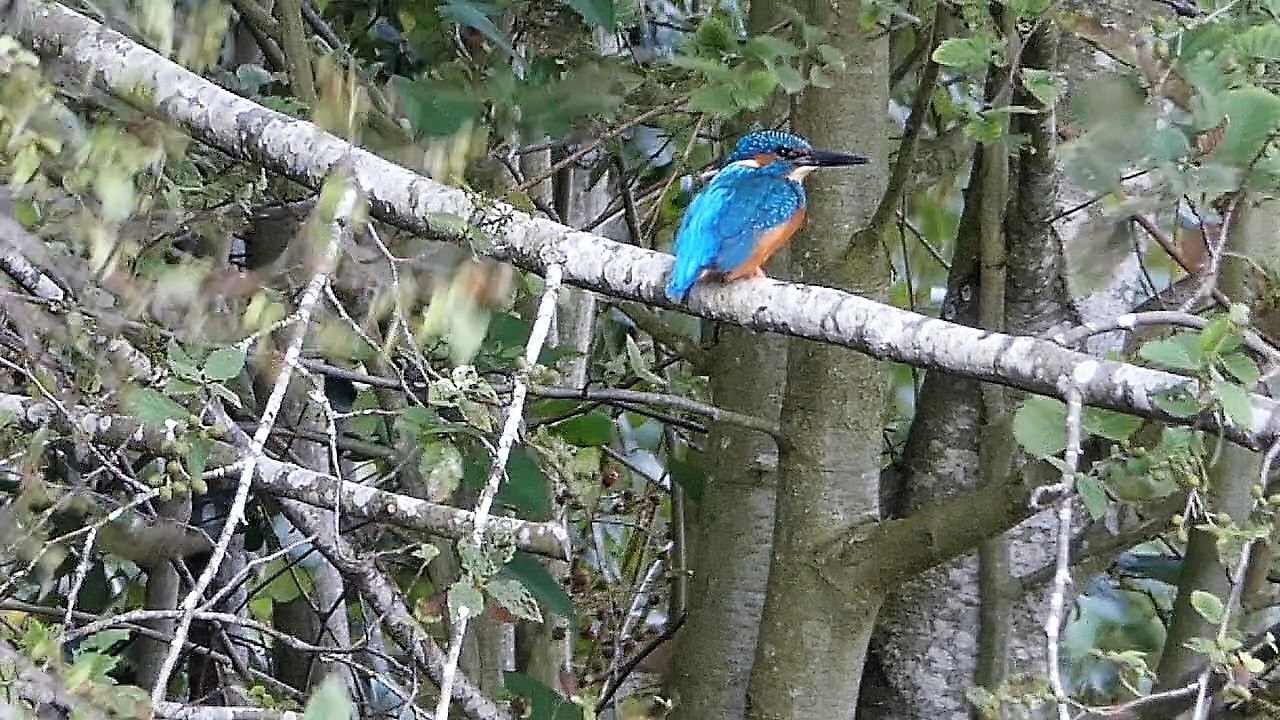



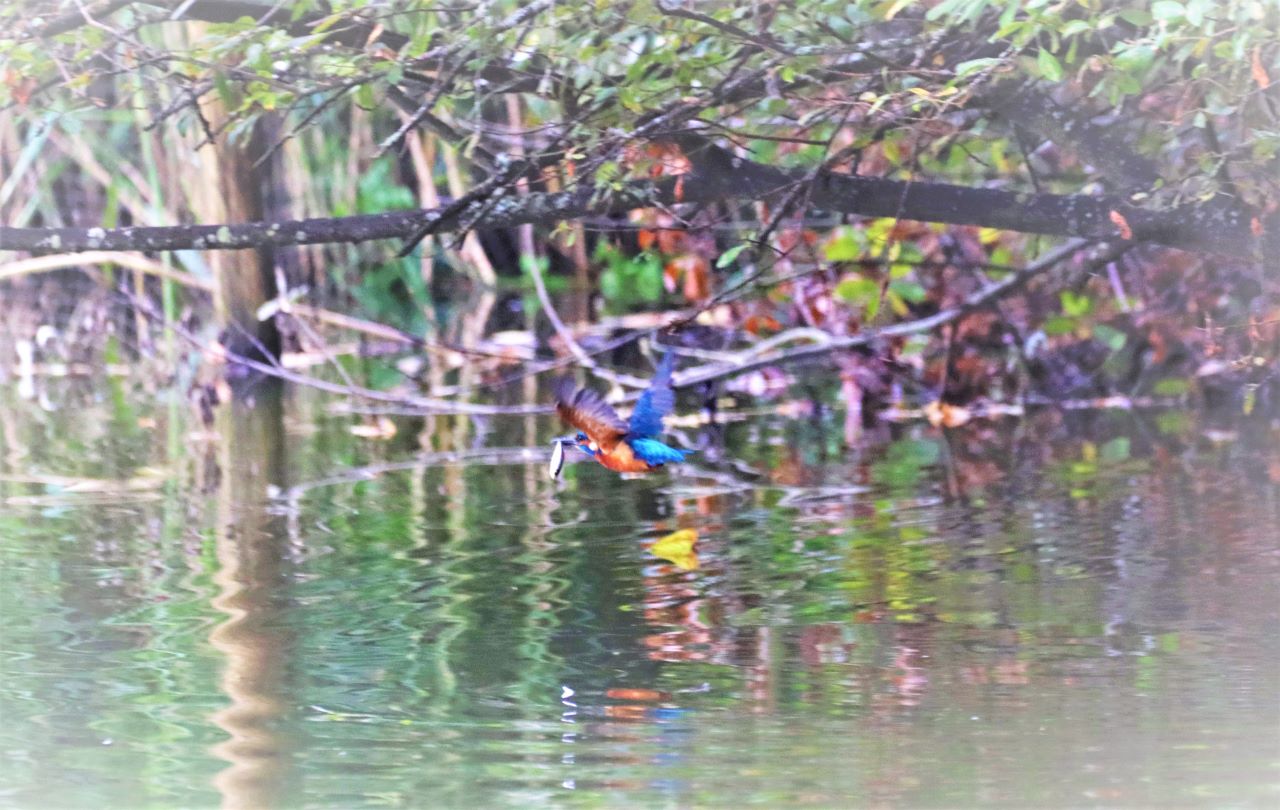






Recent Comments